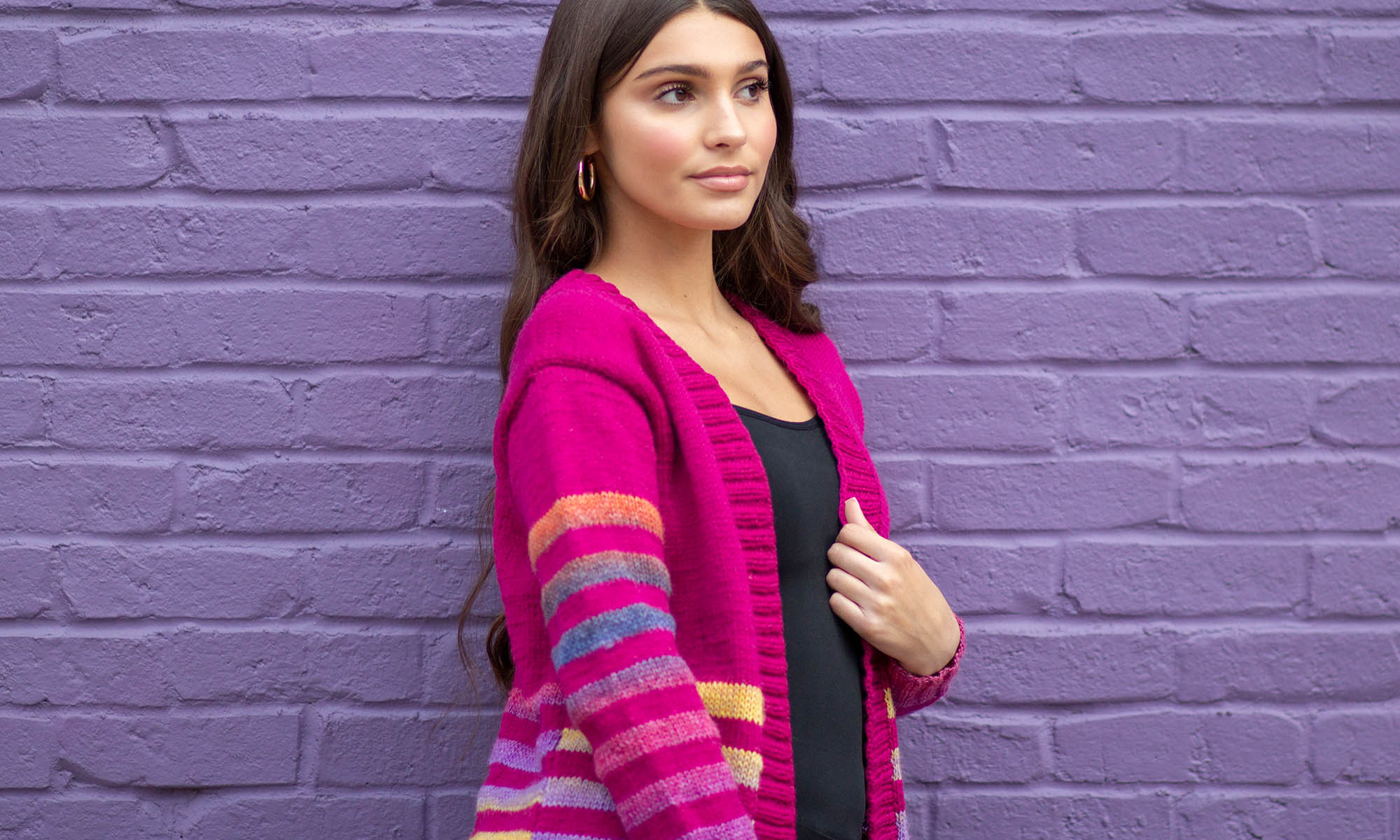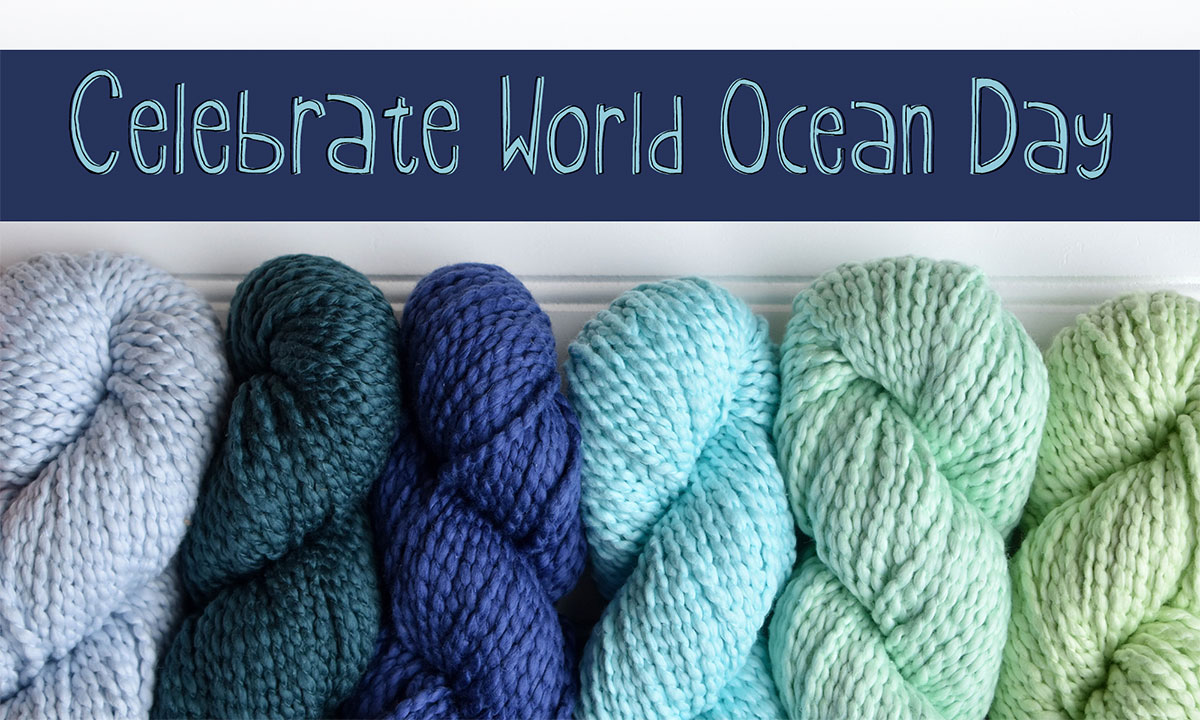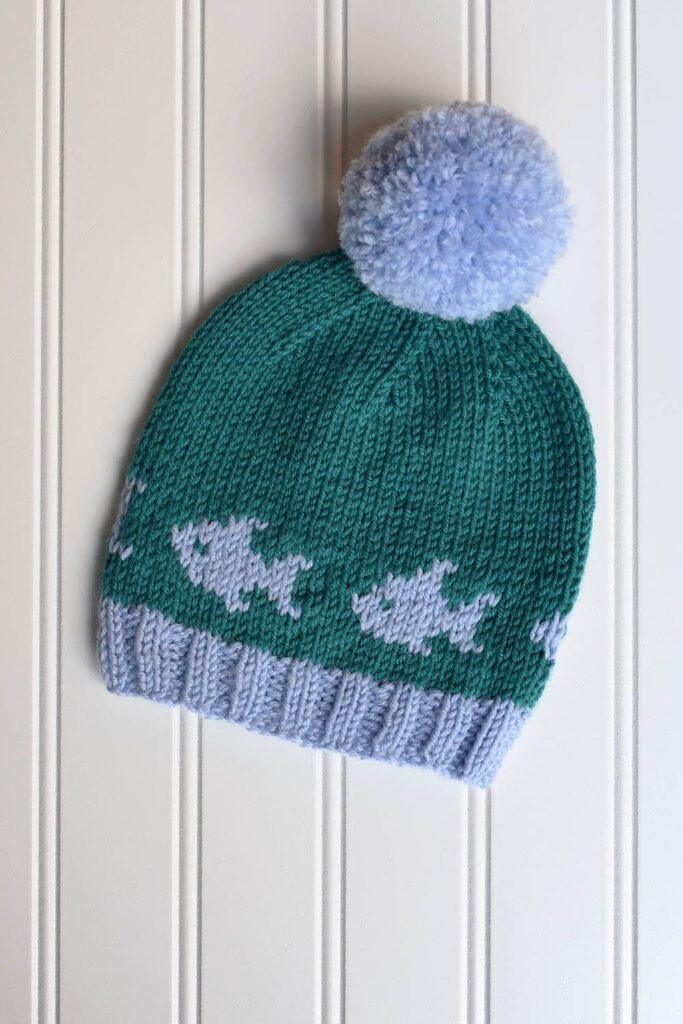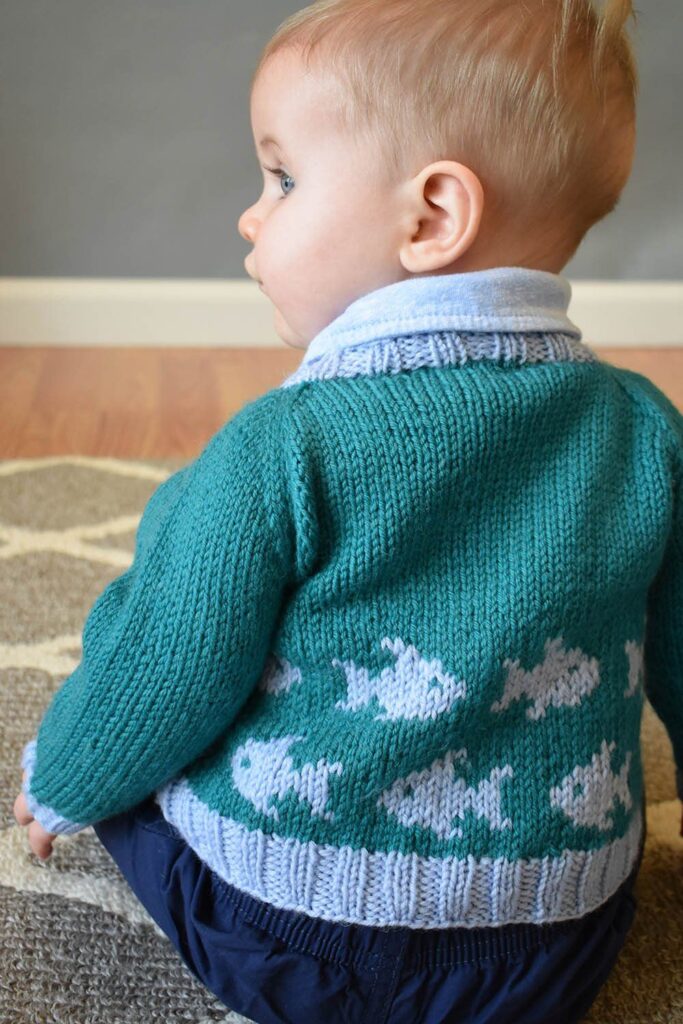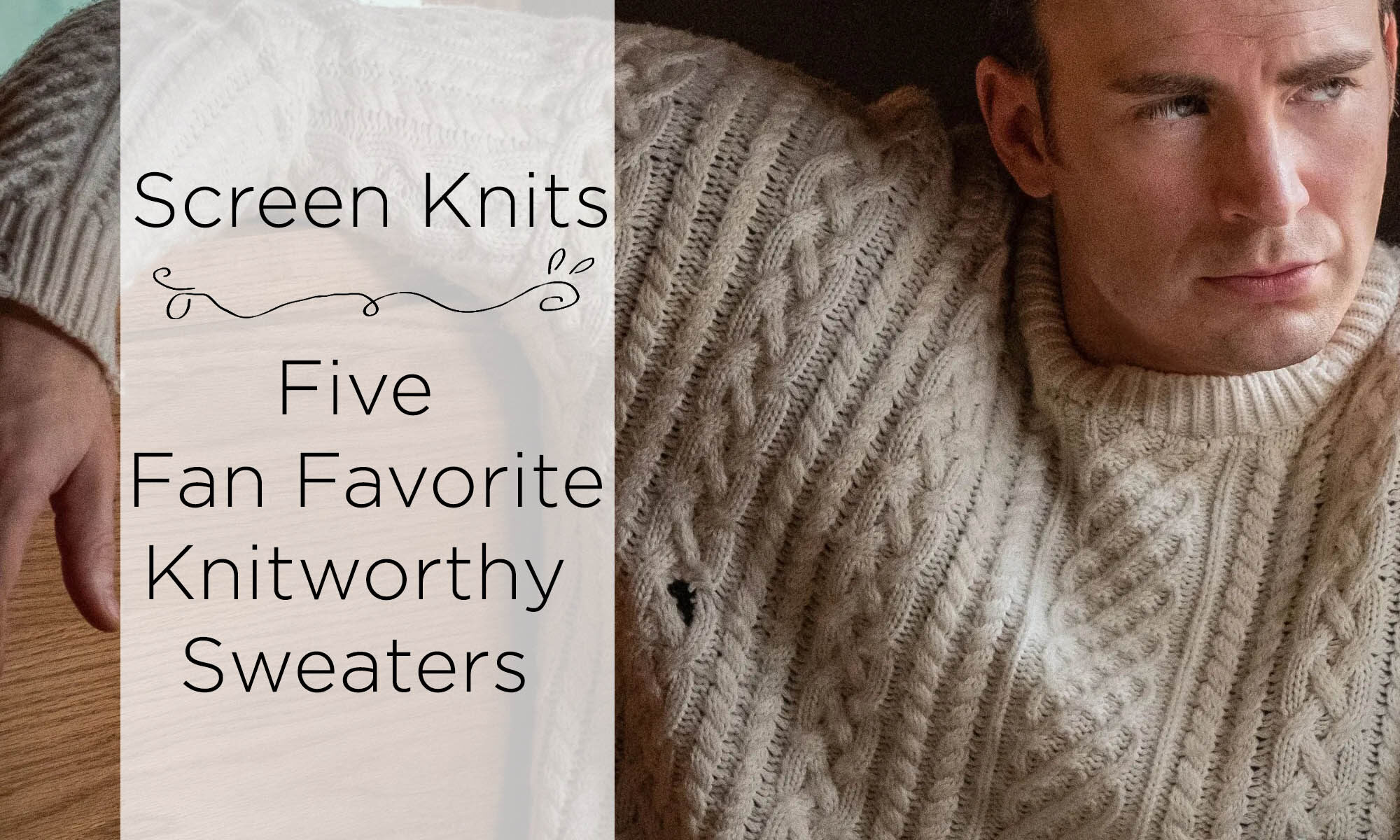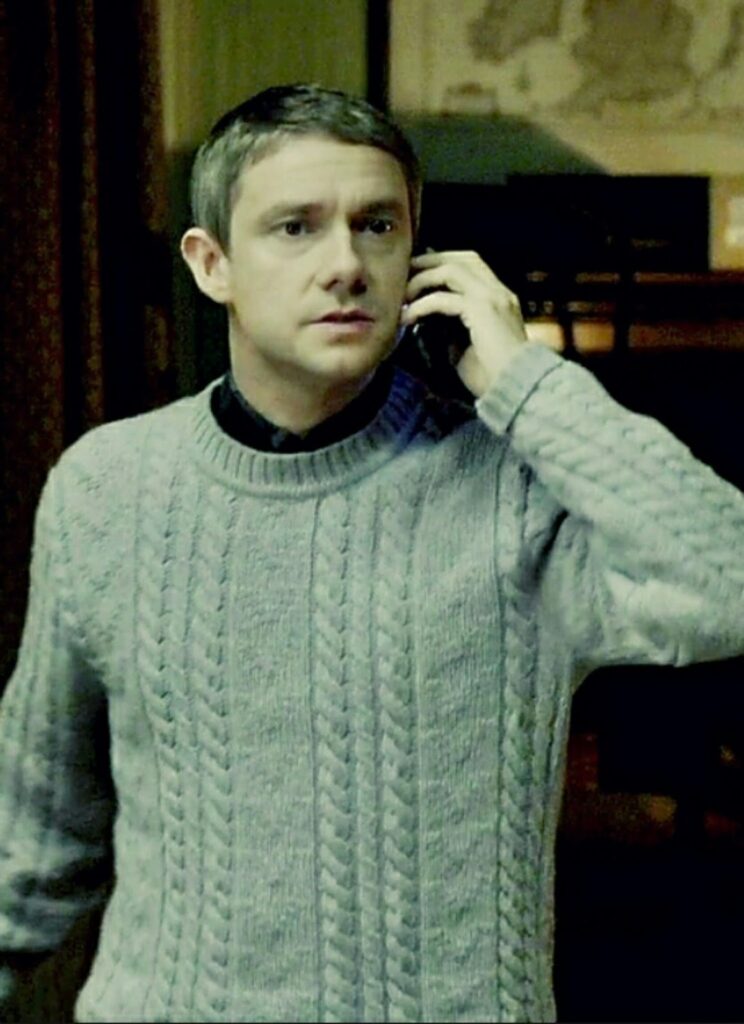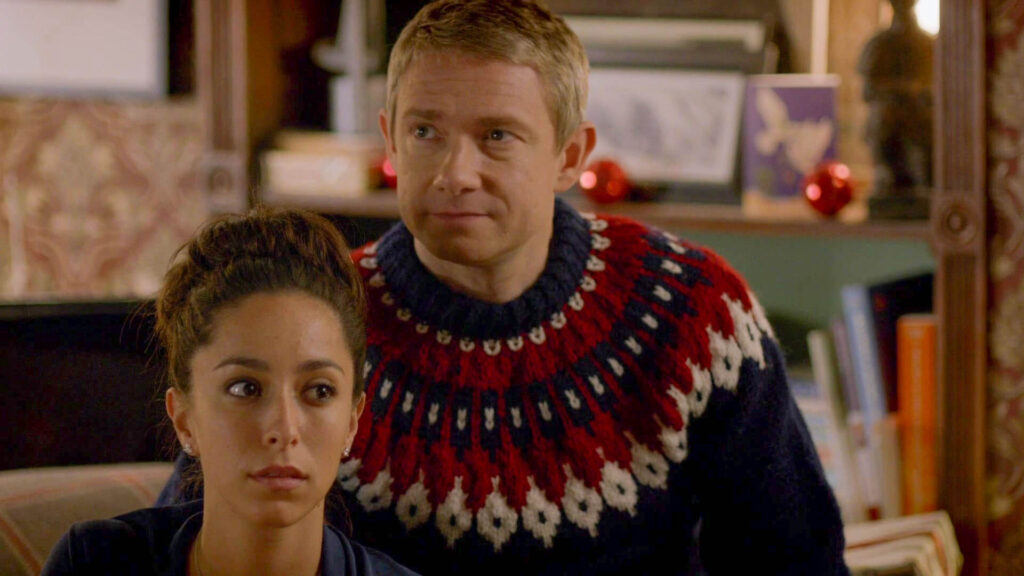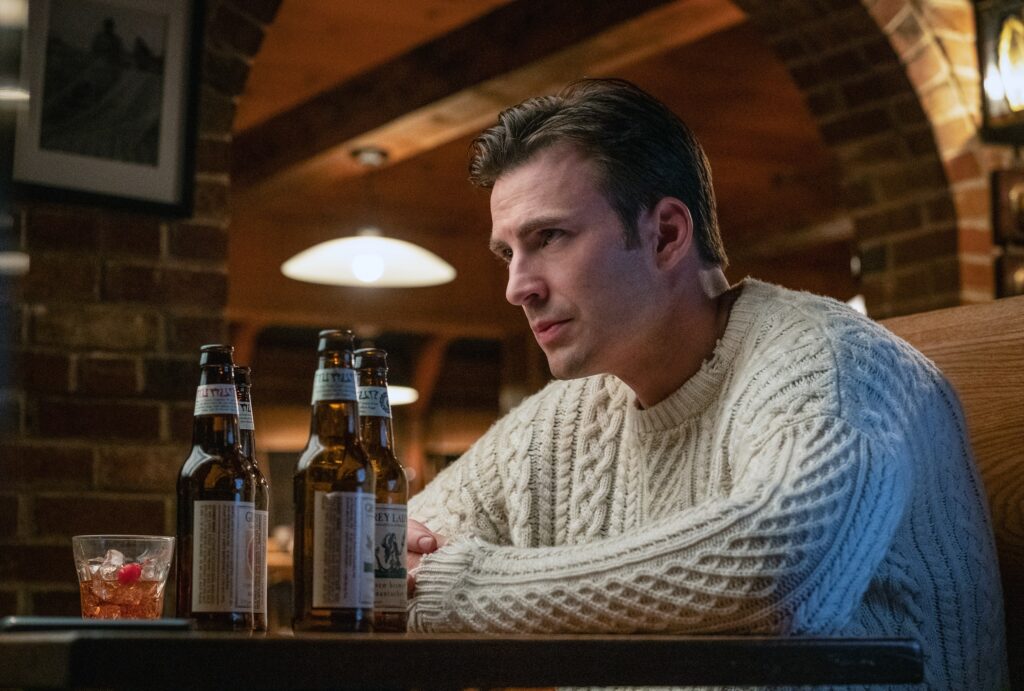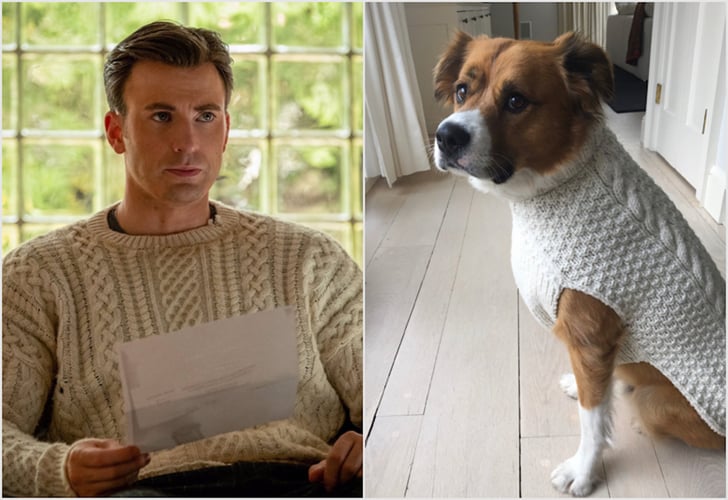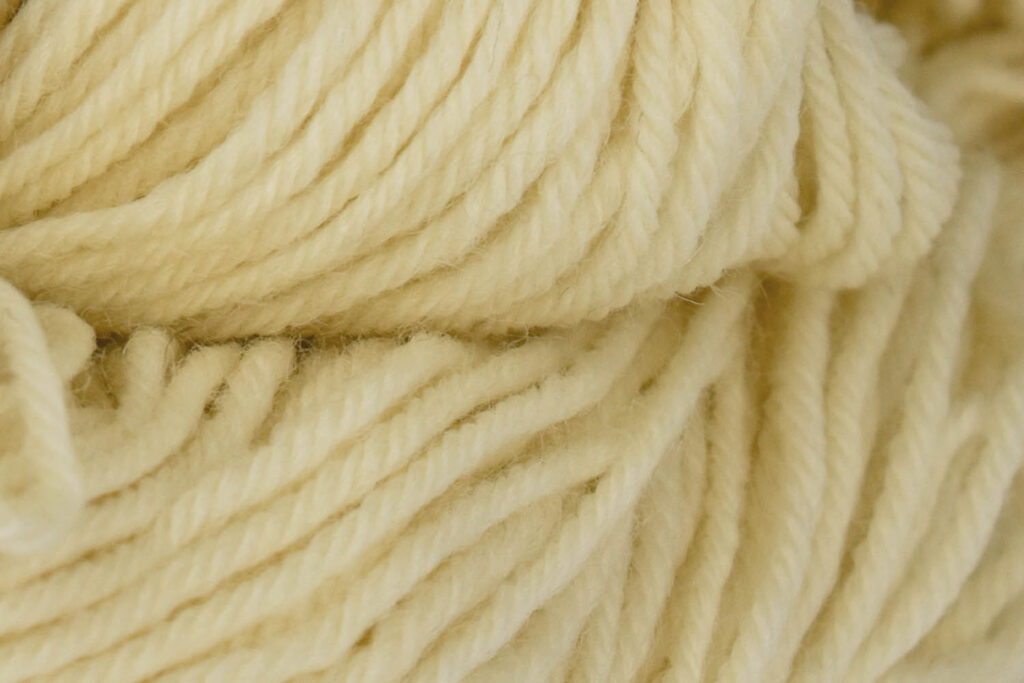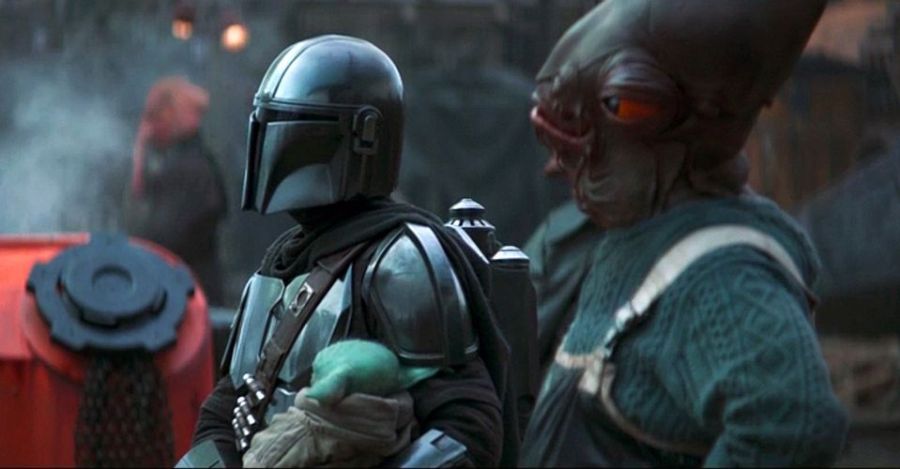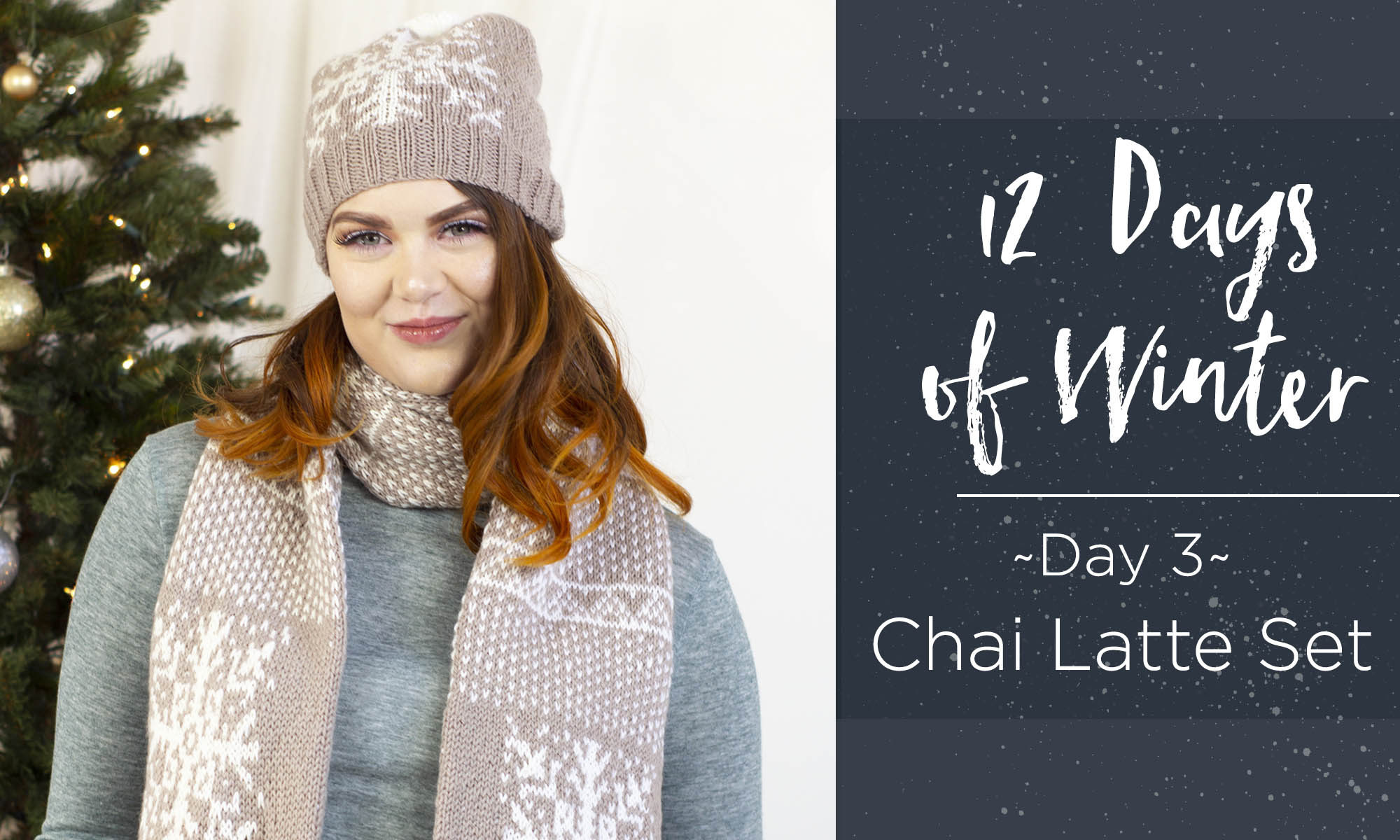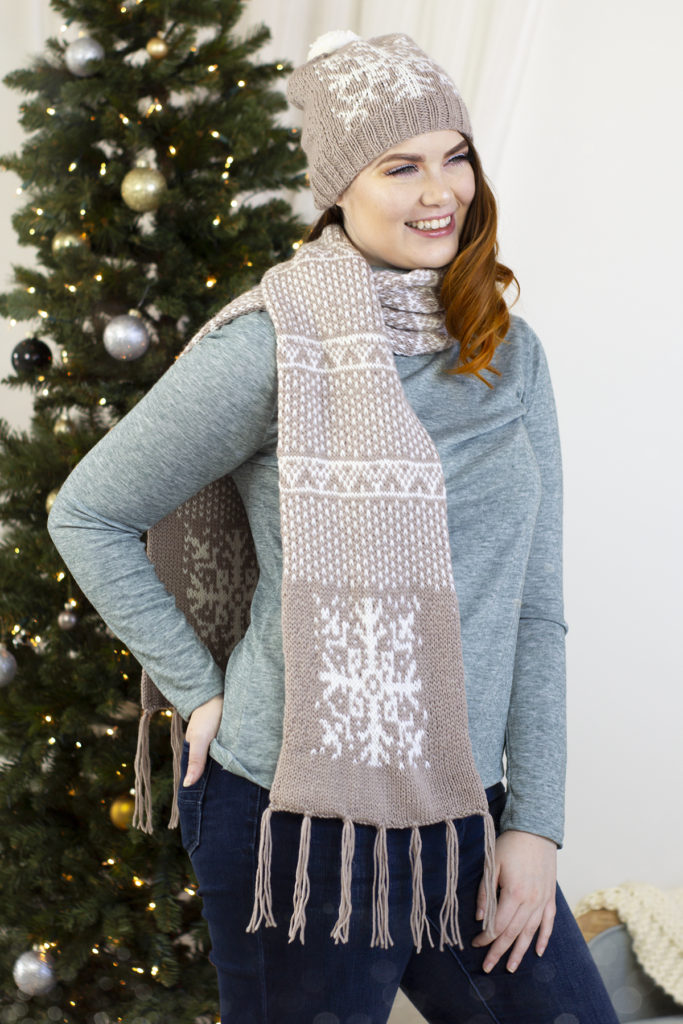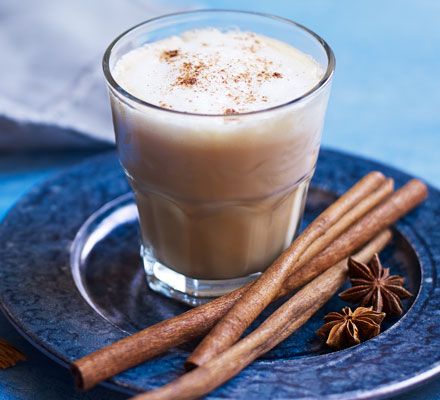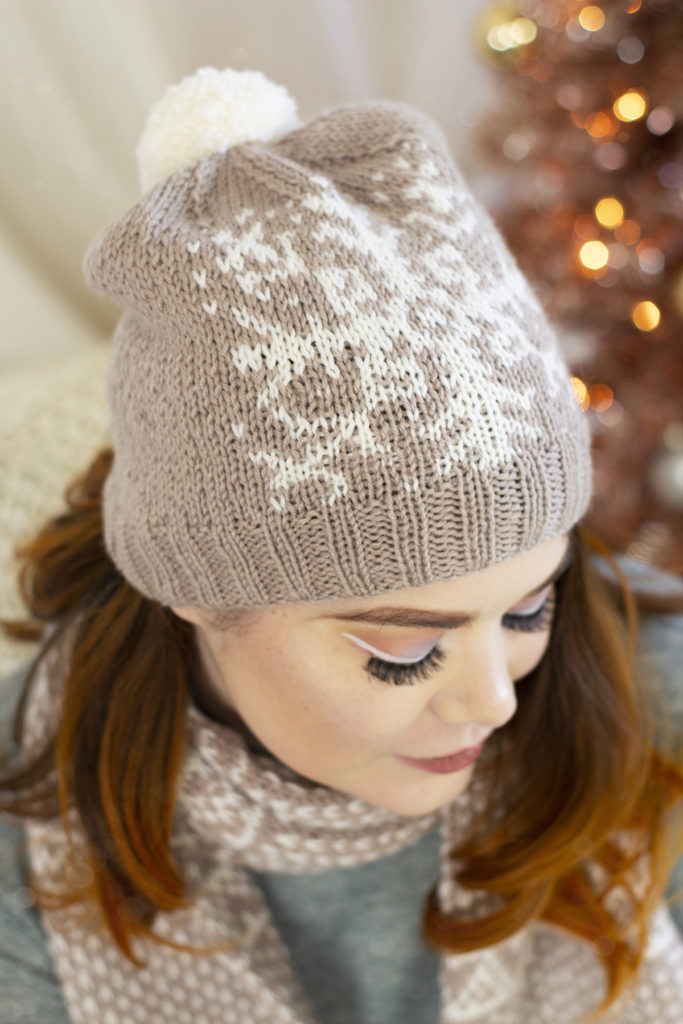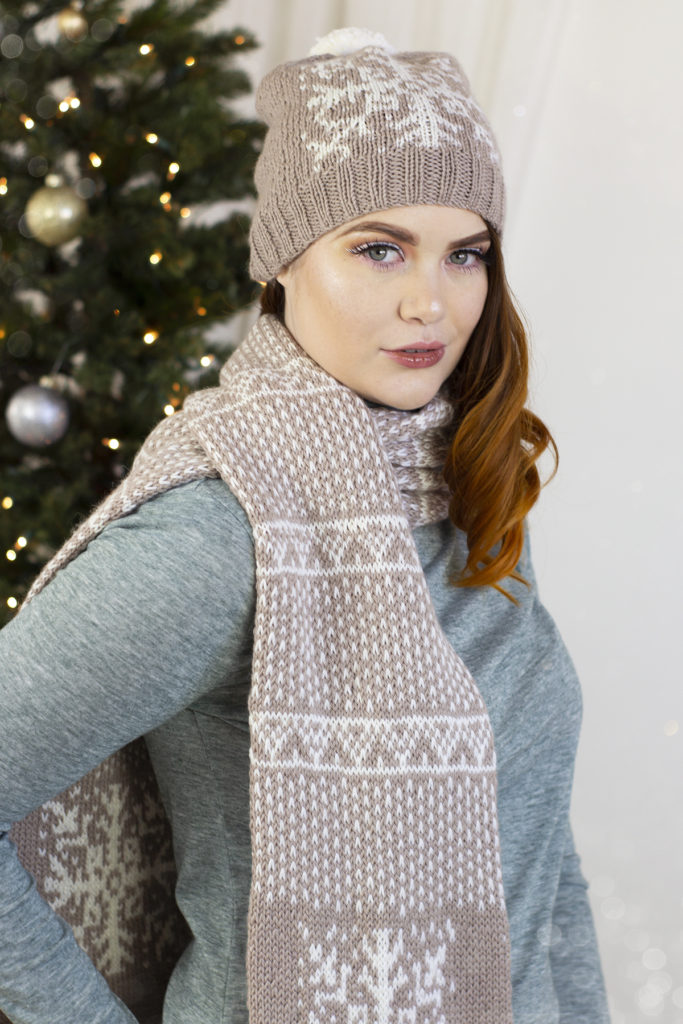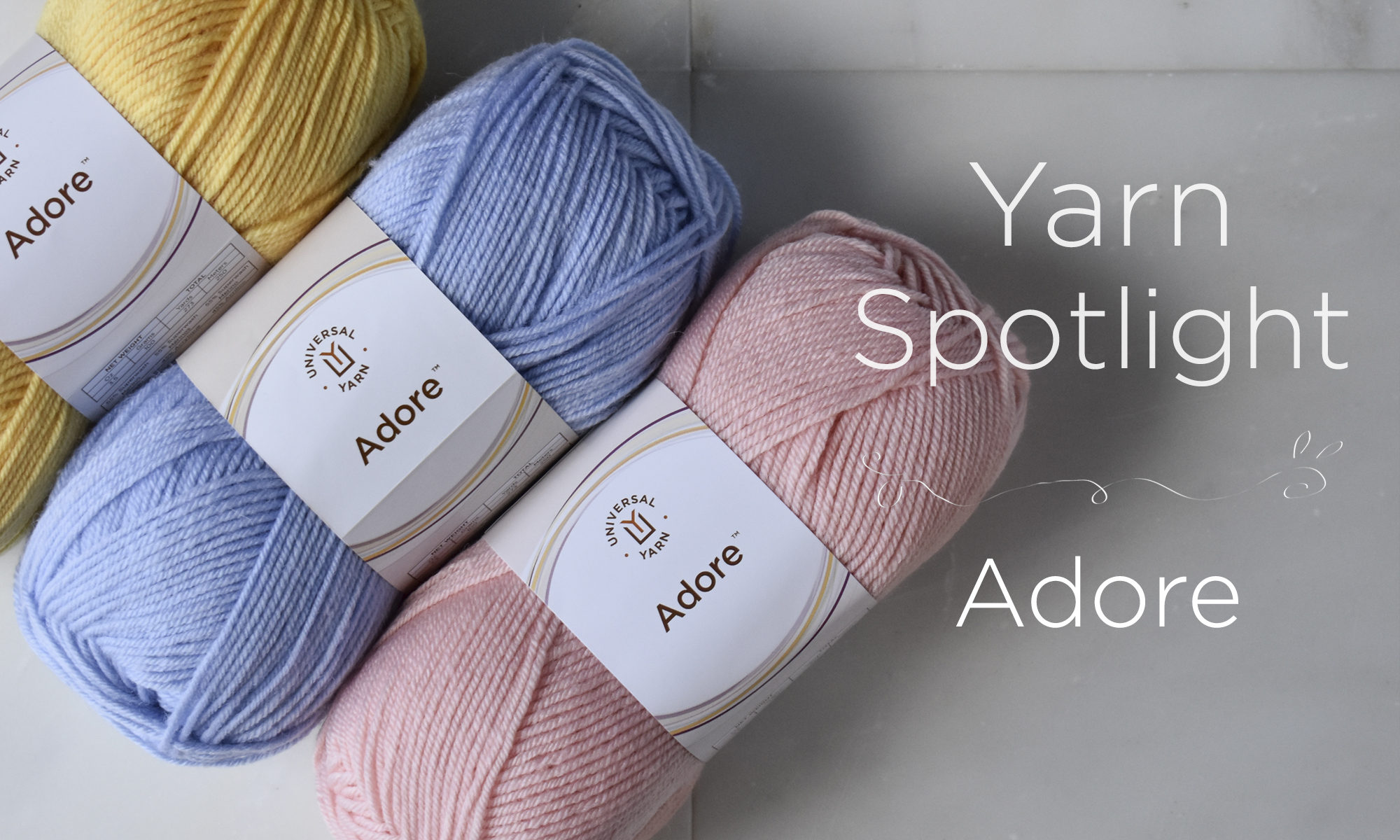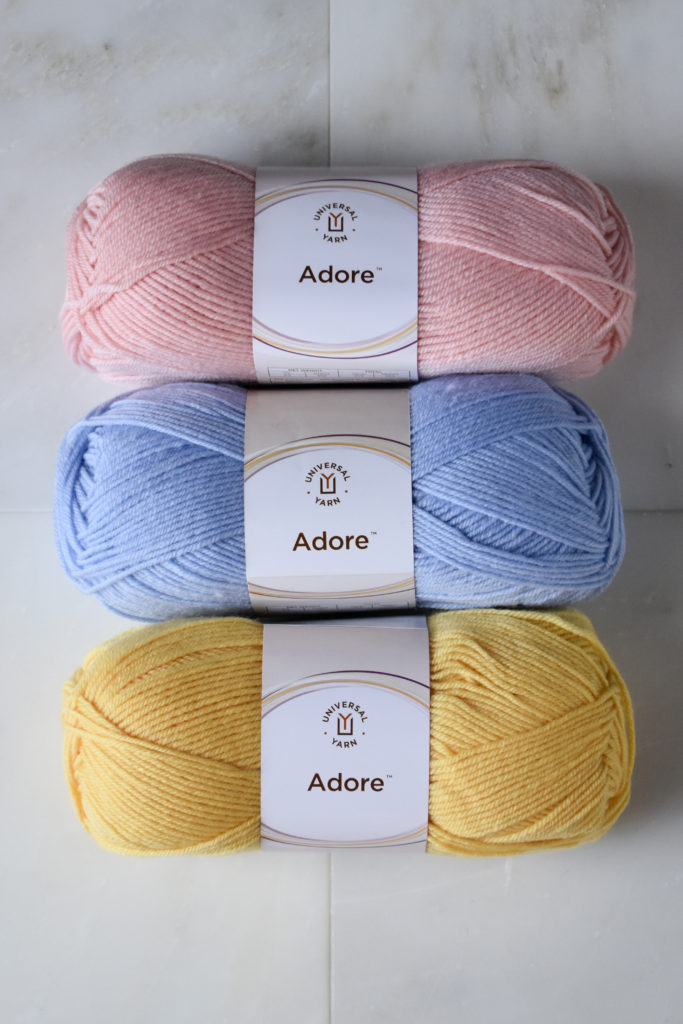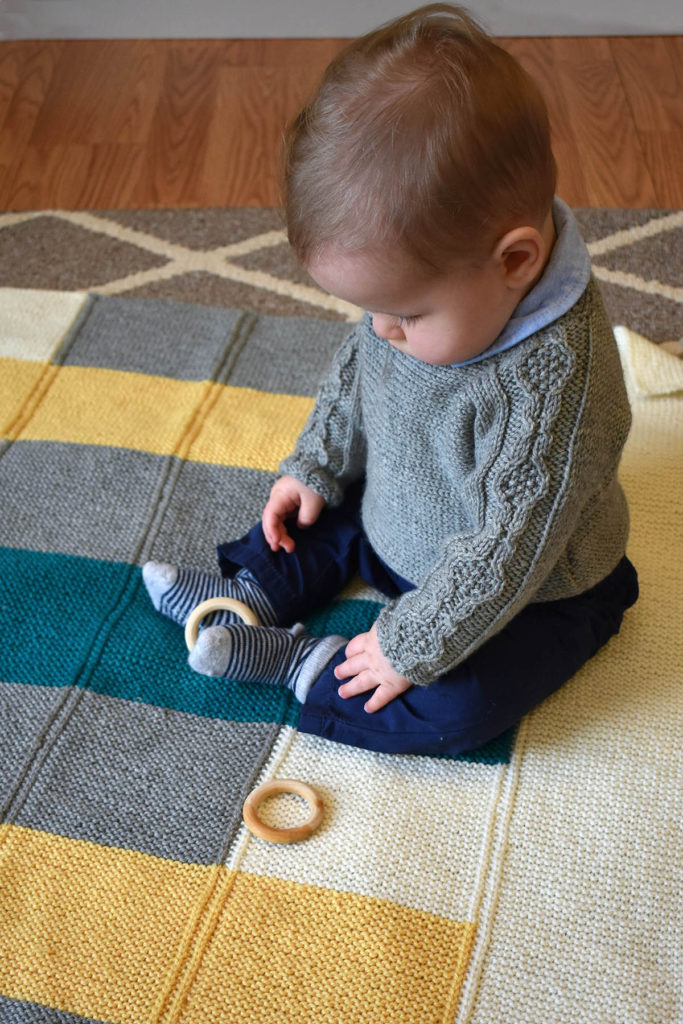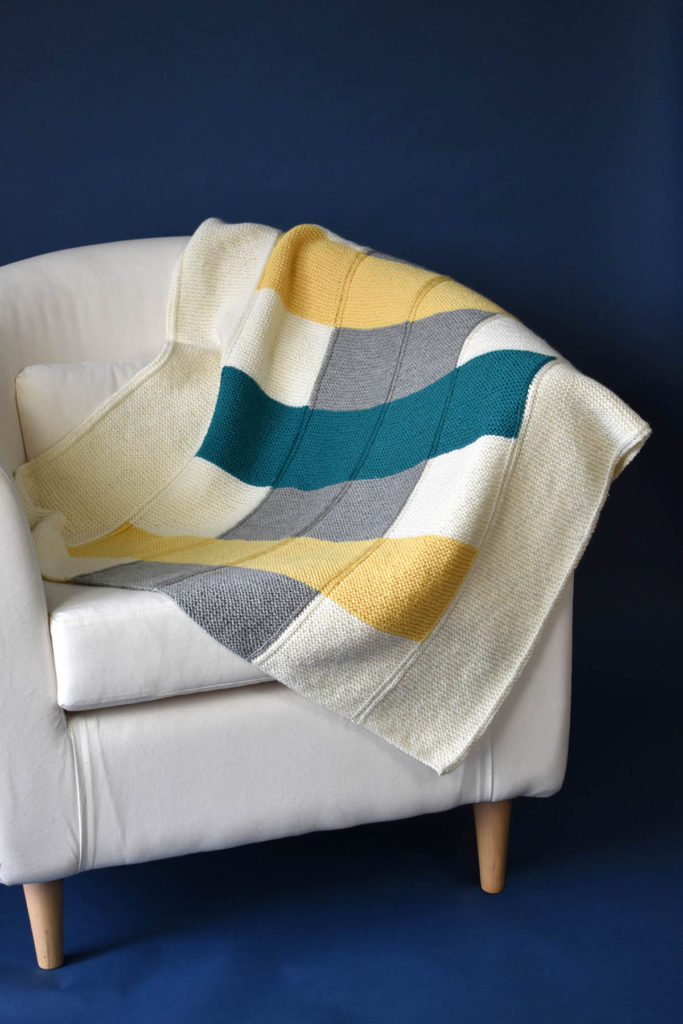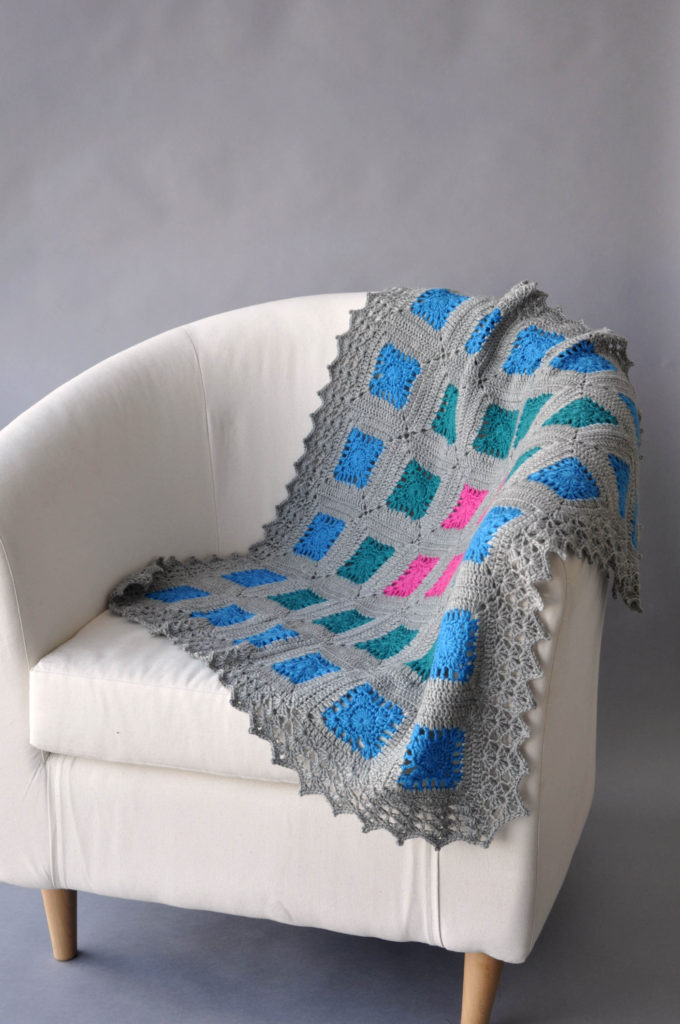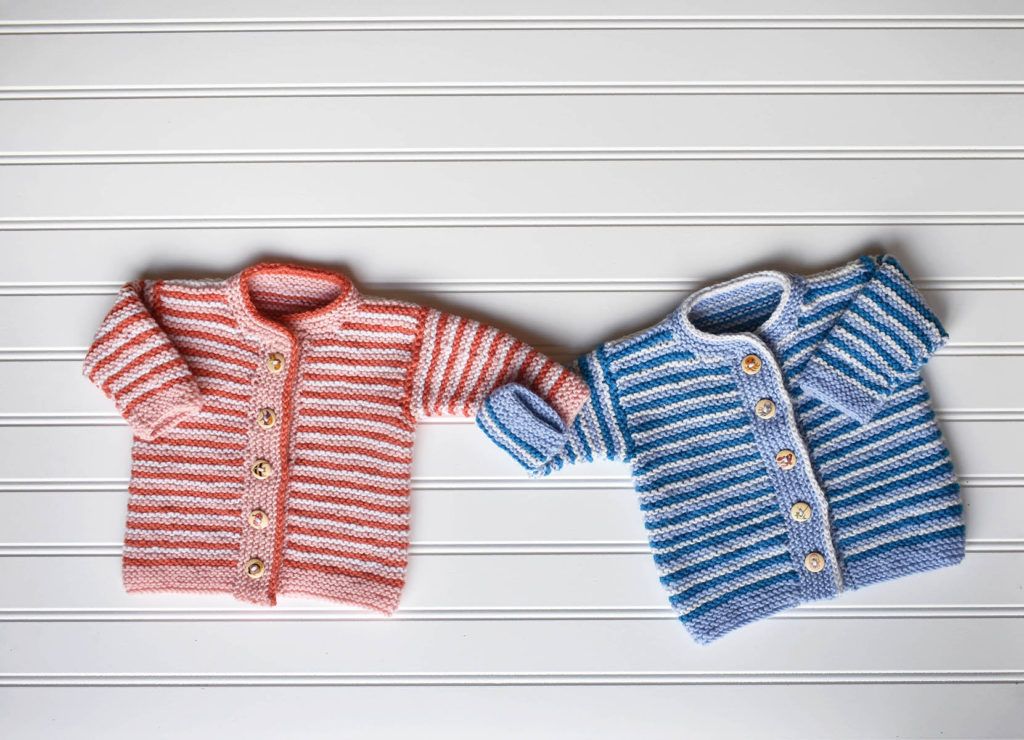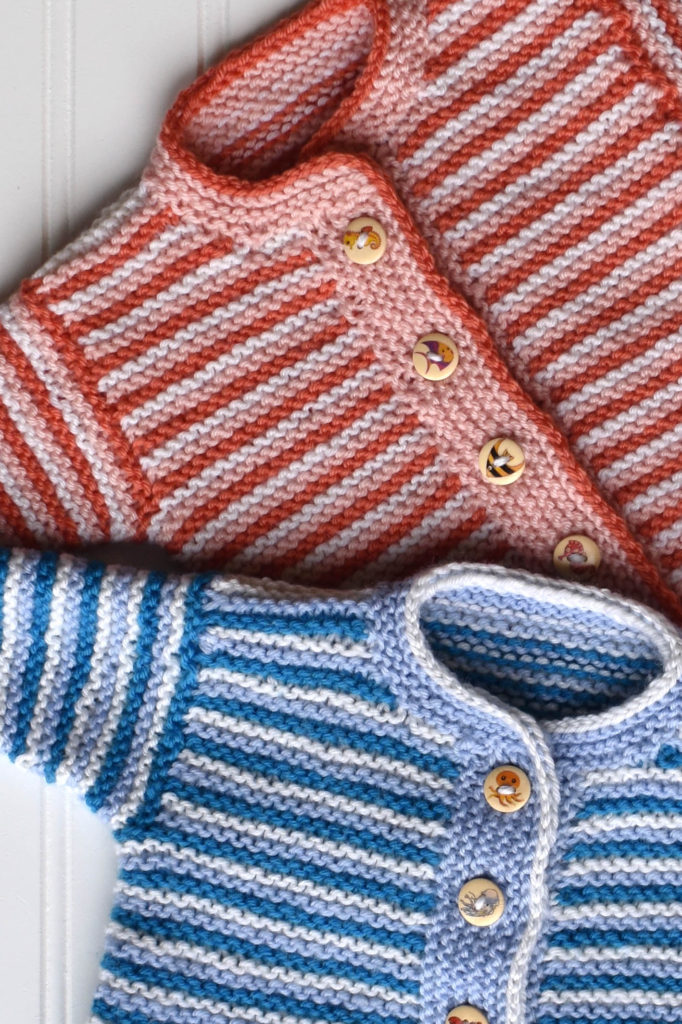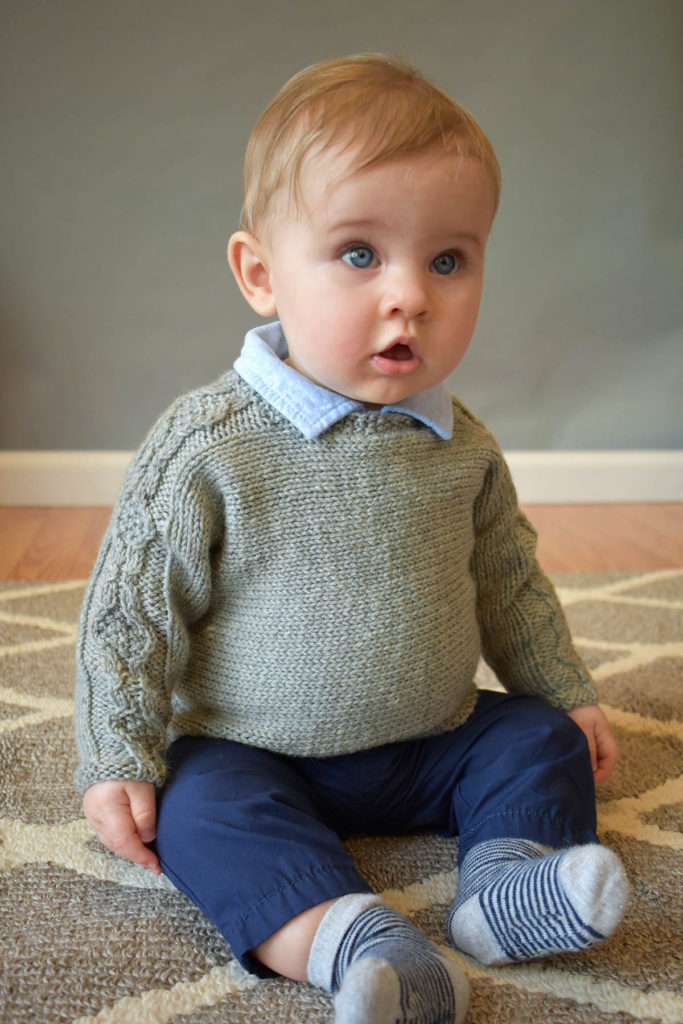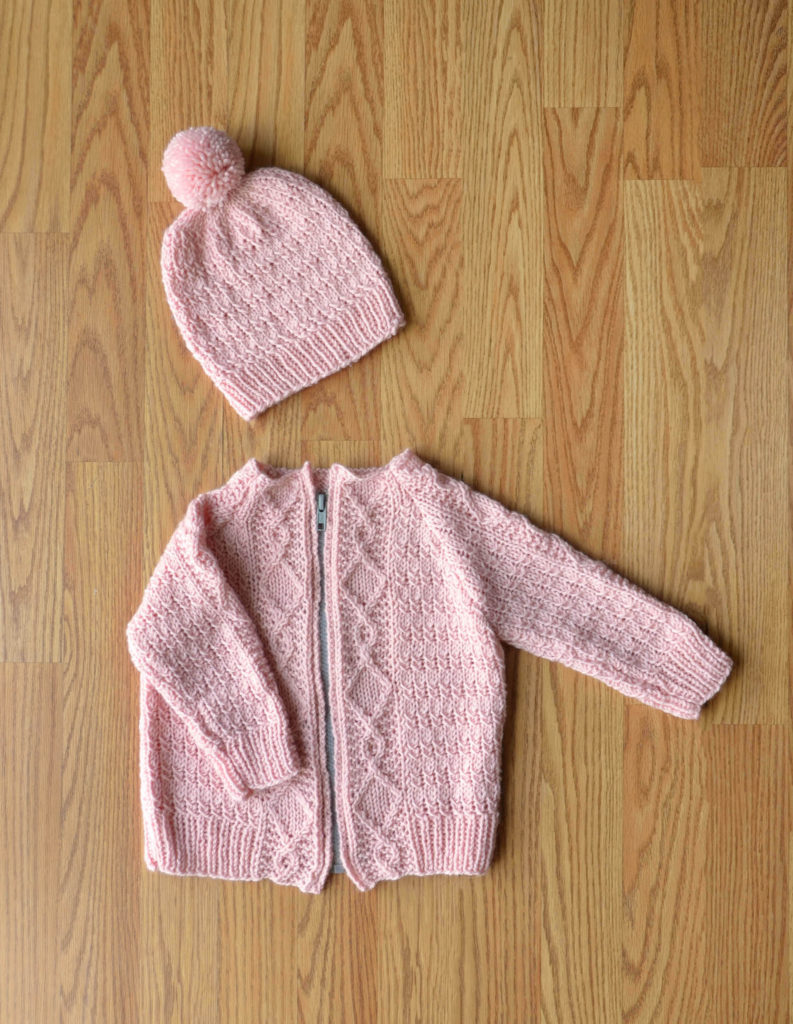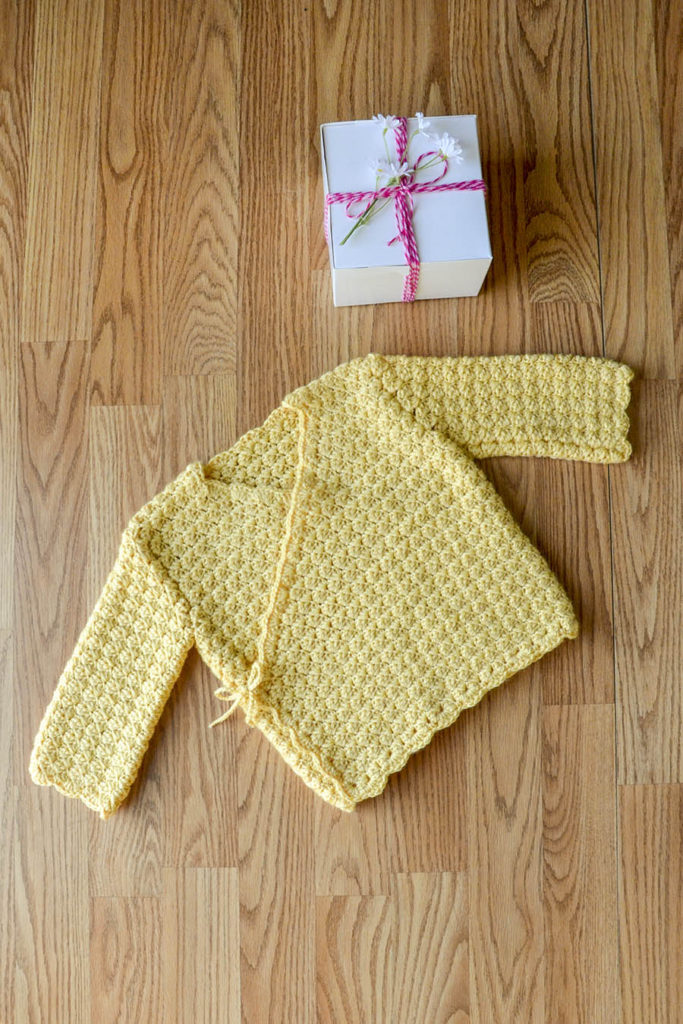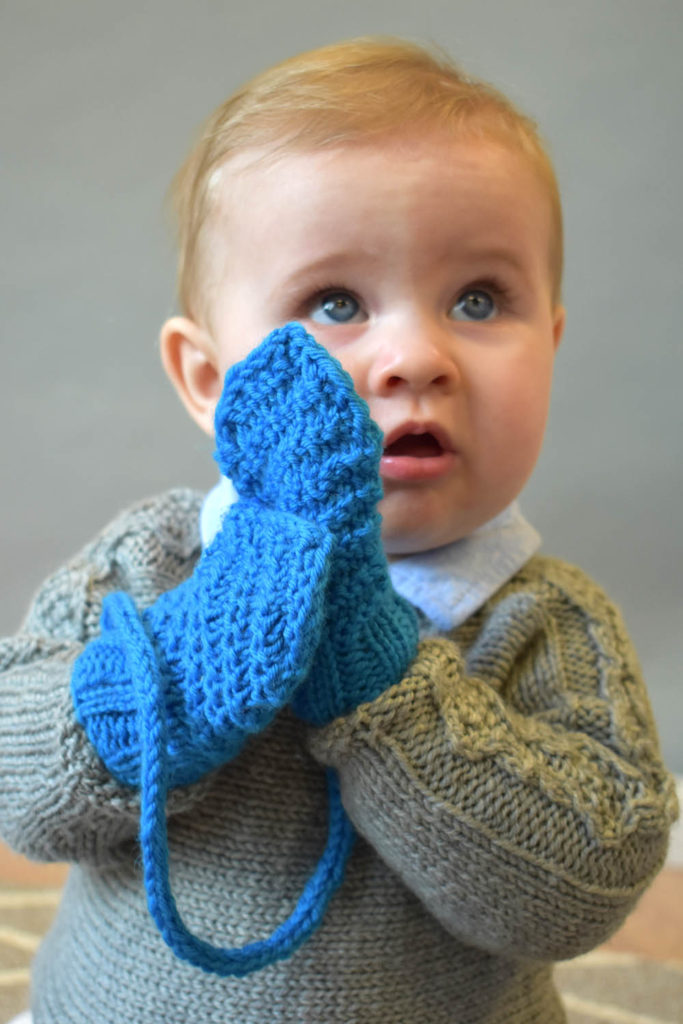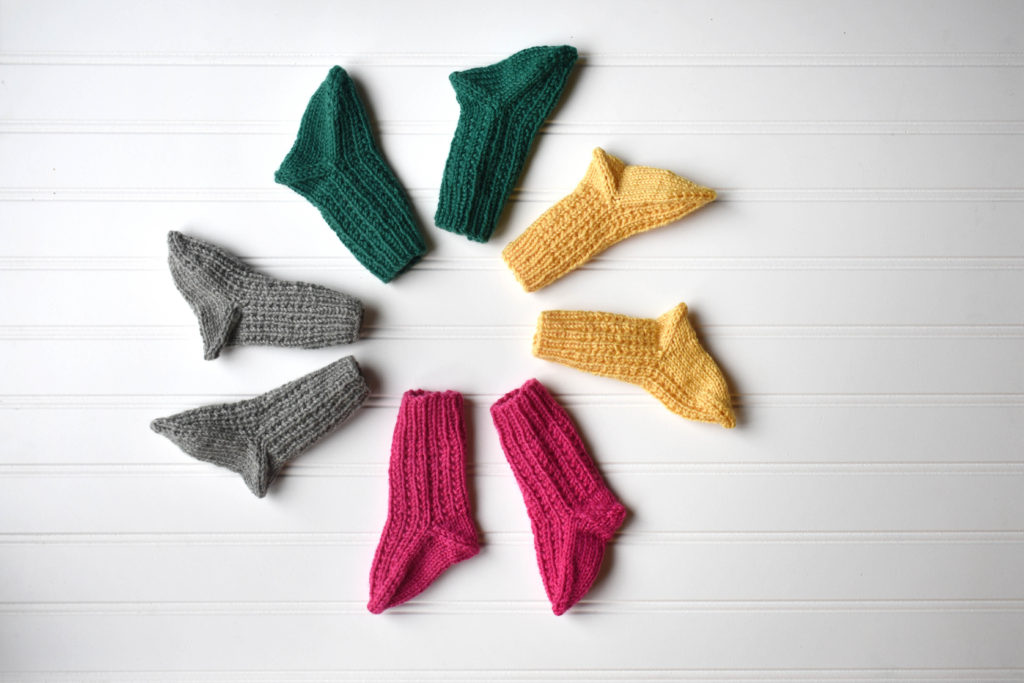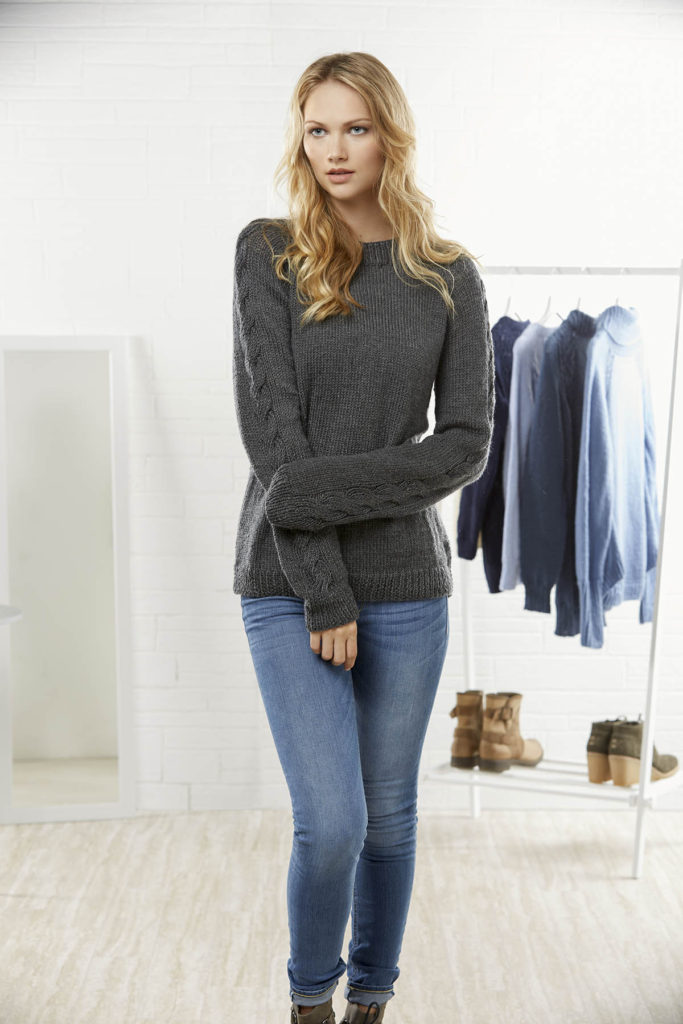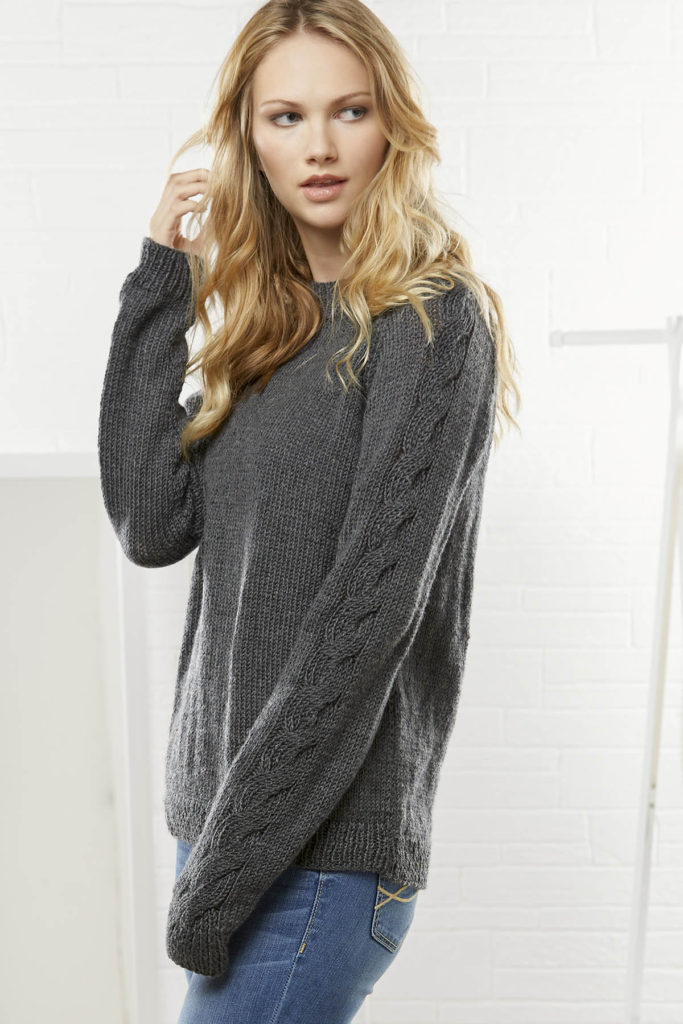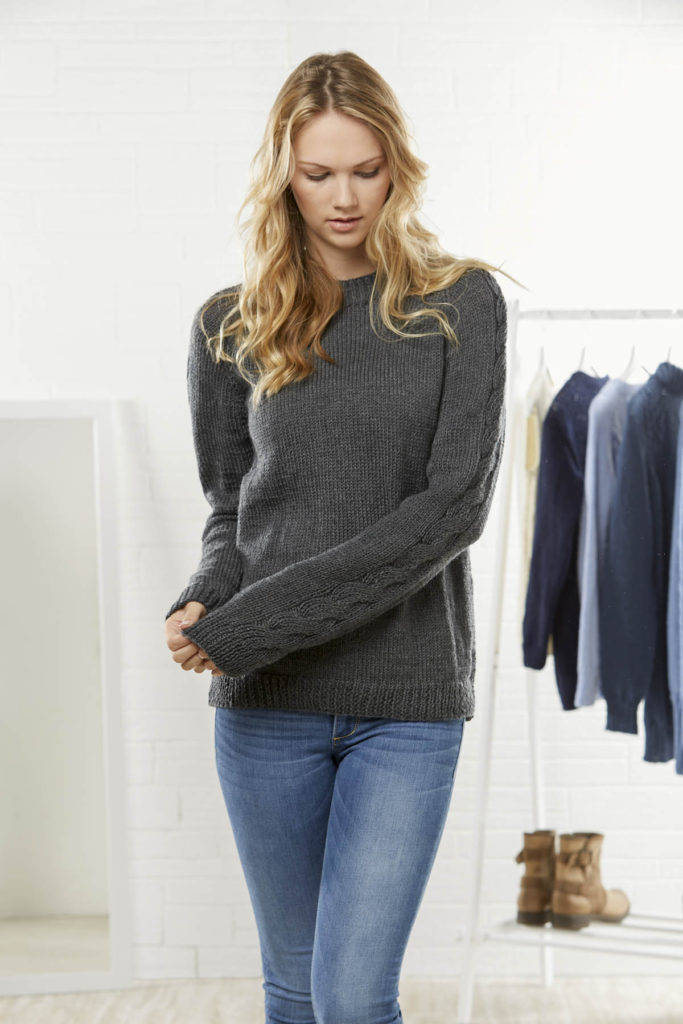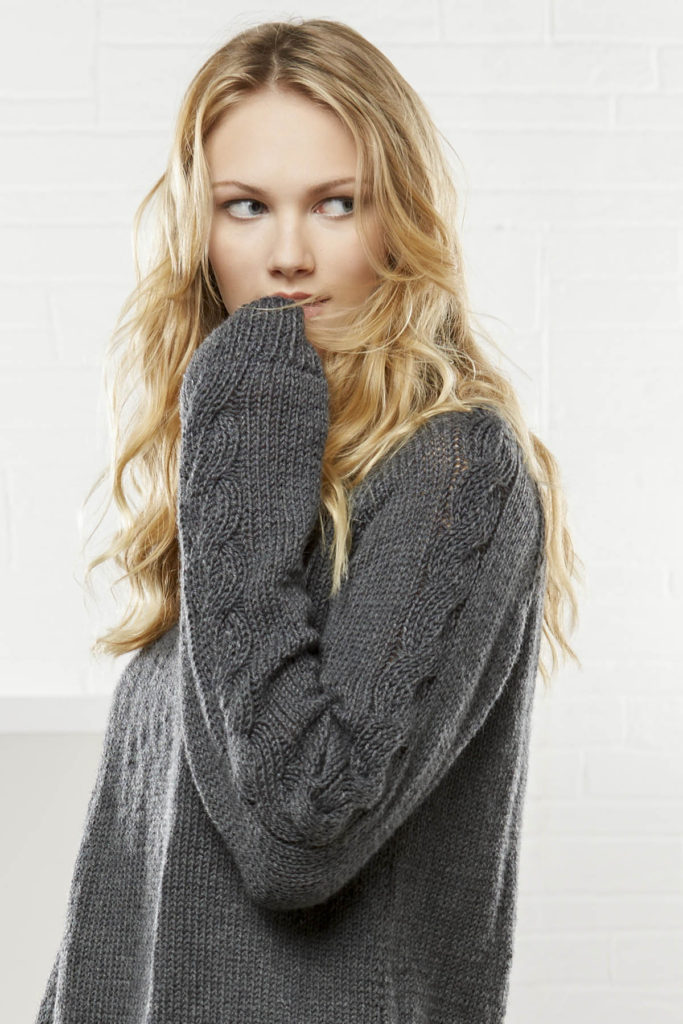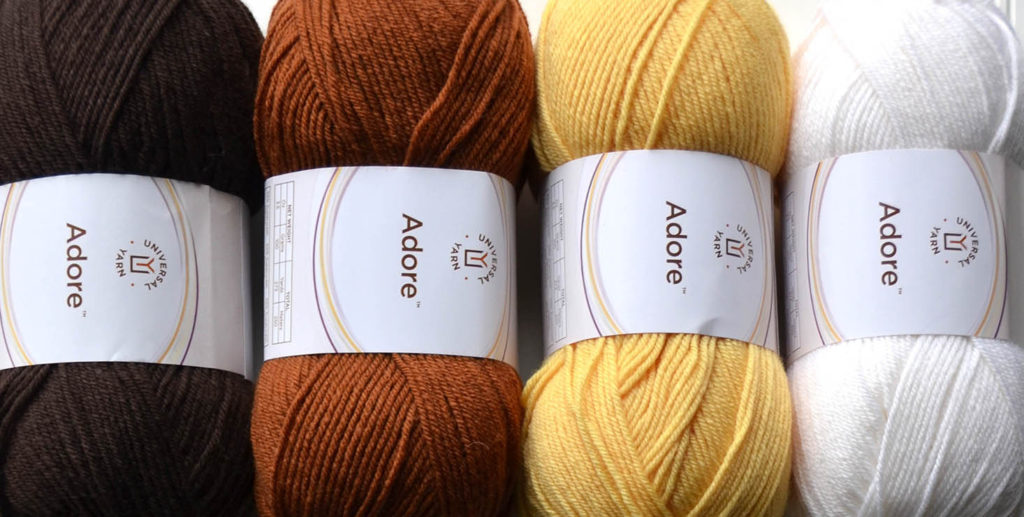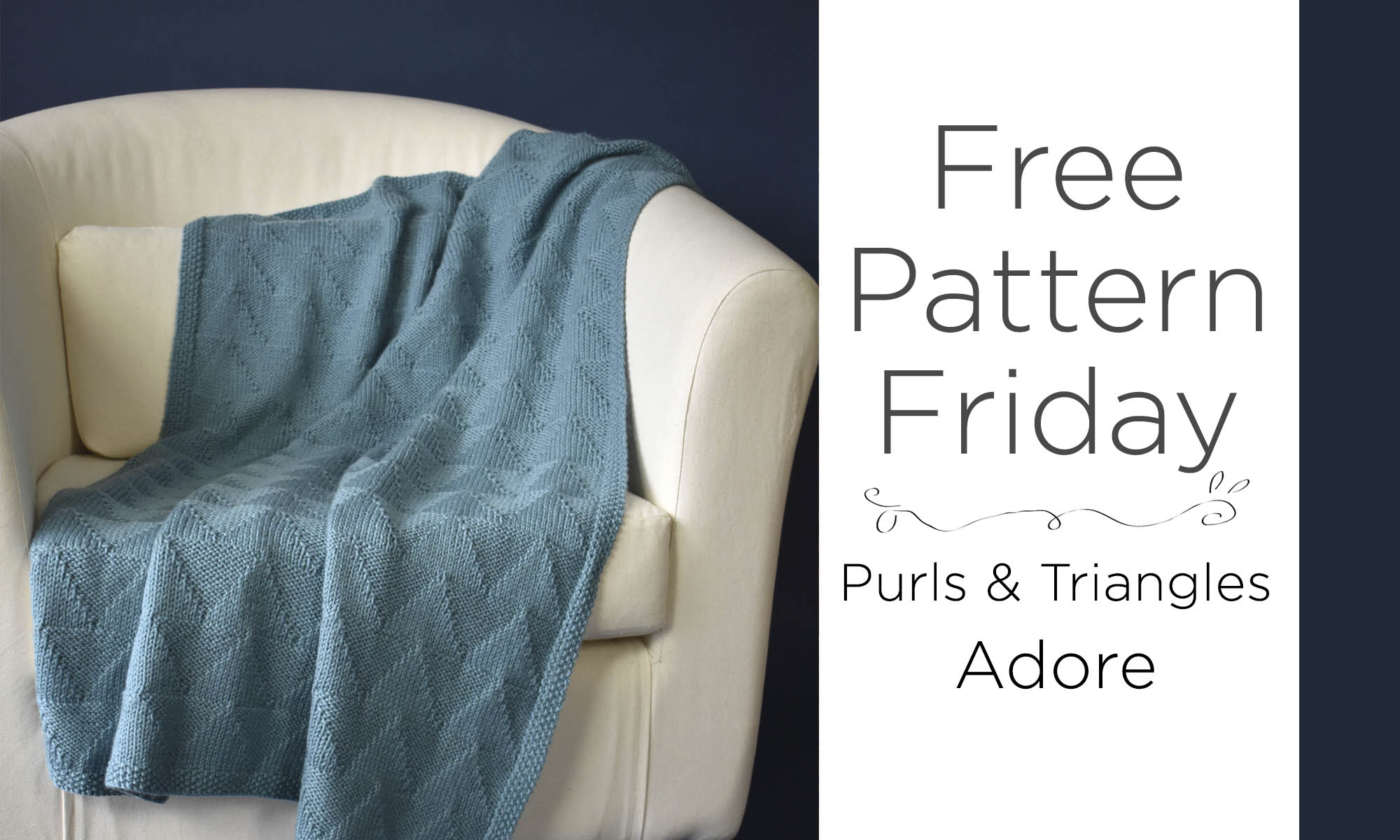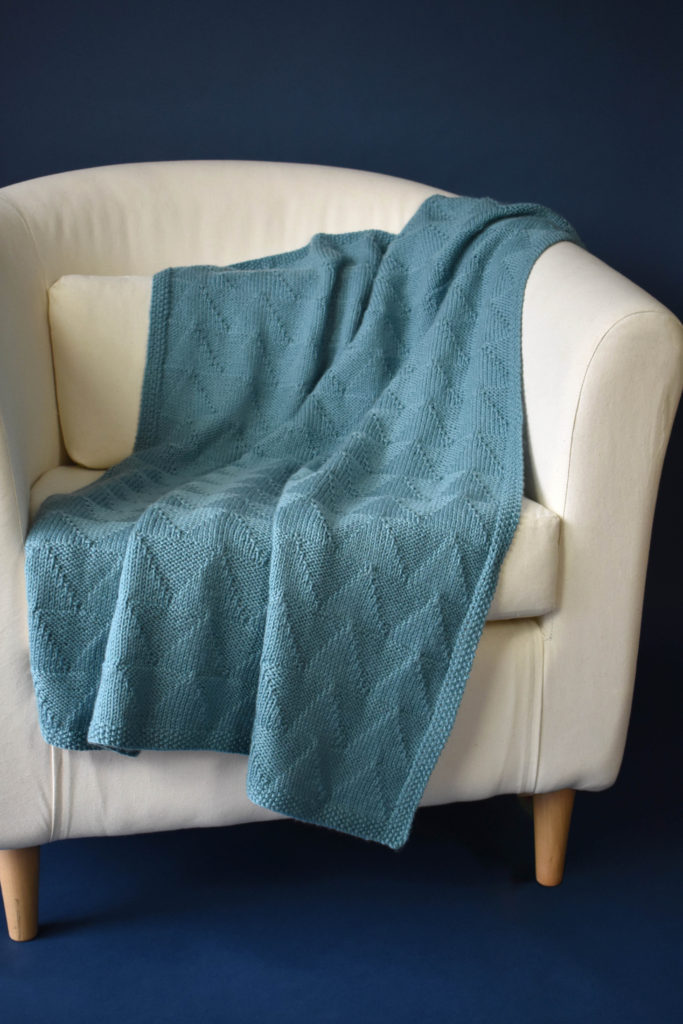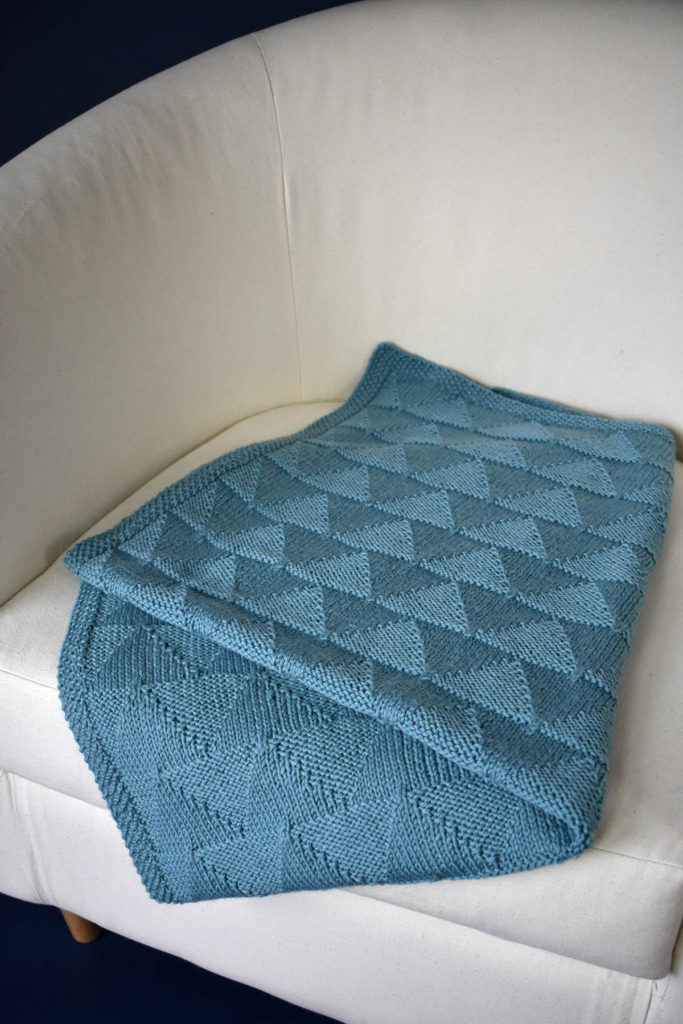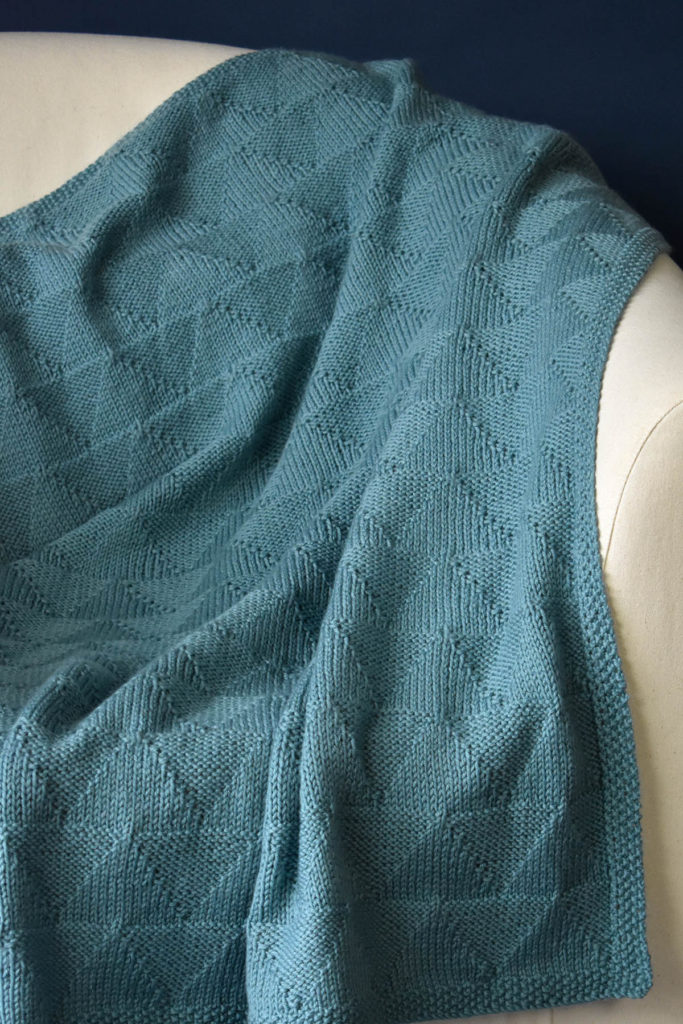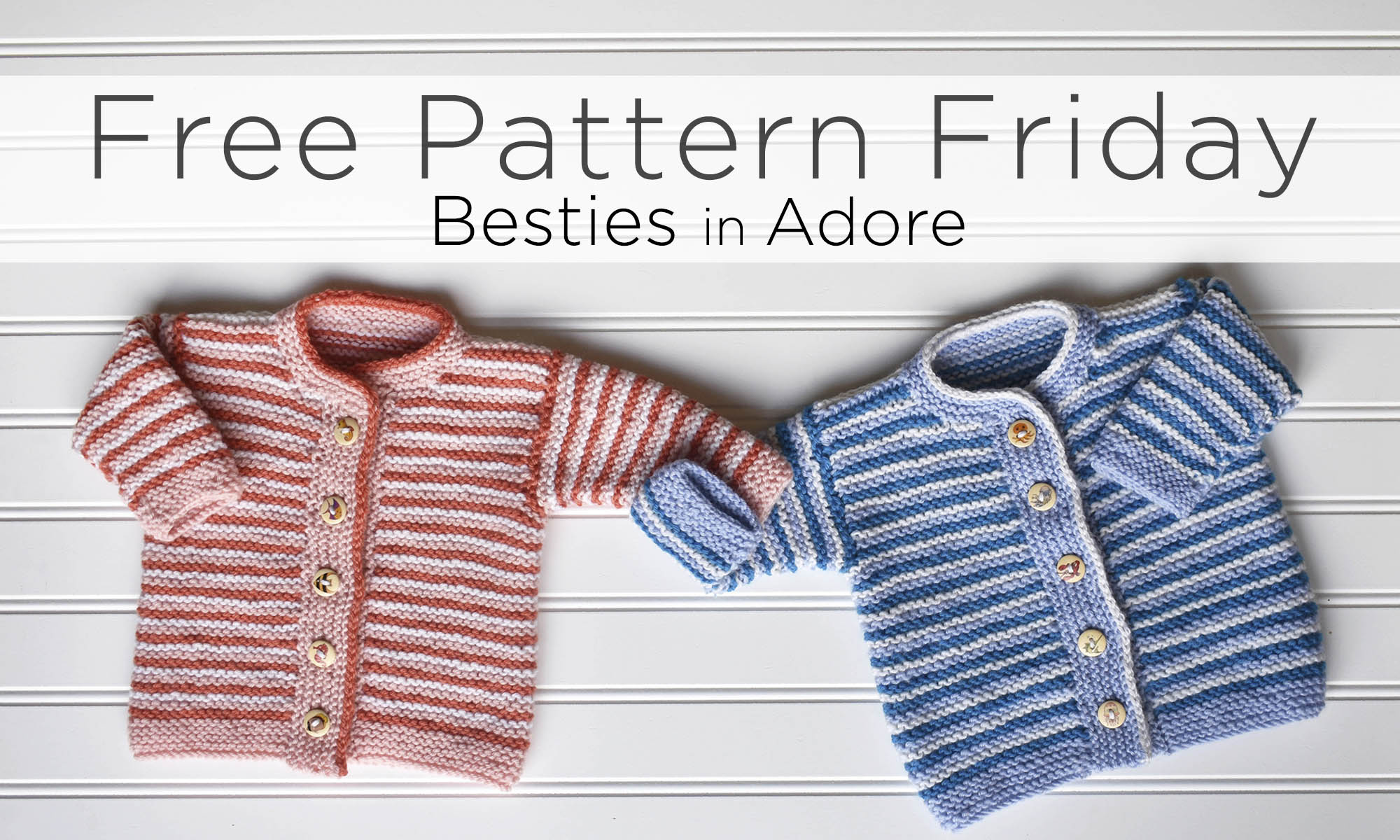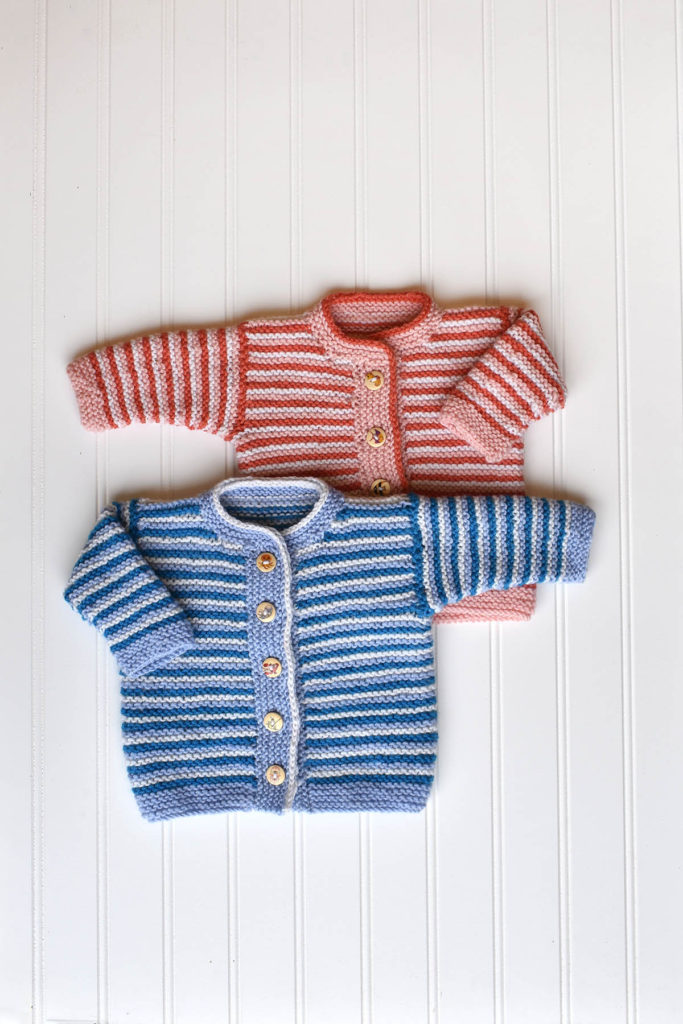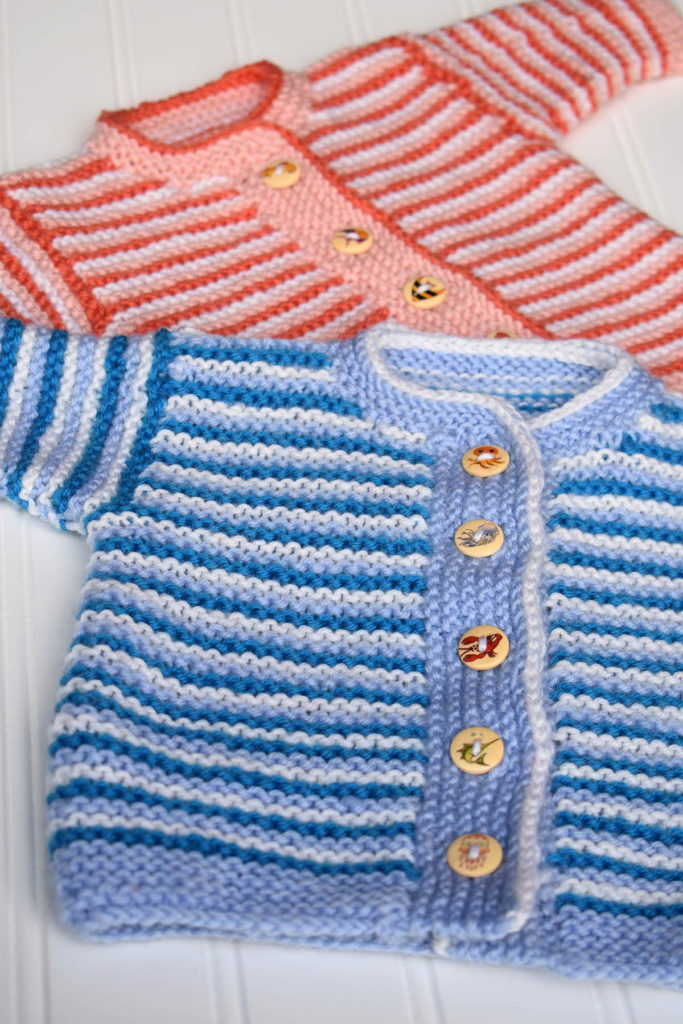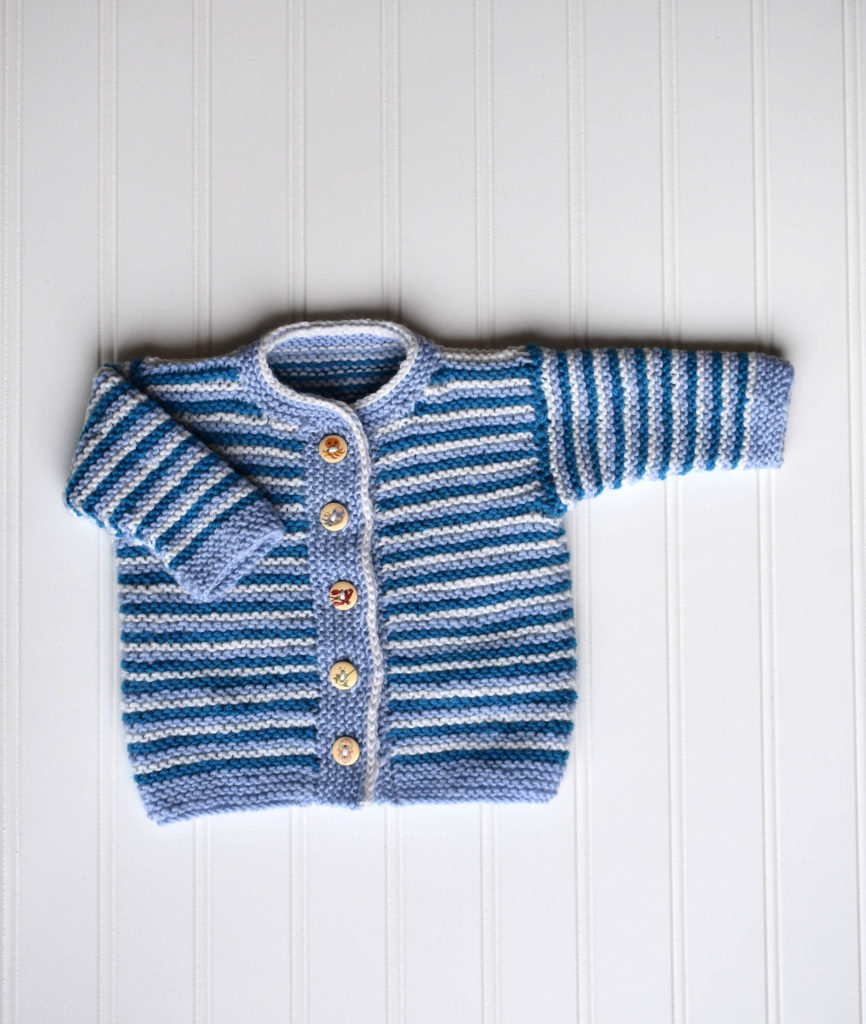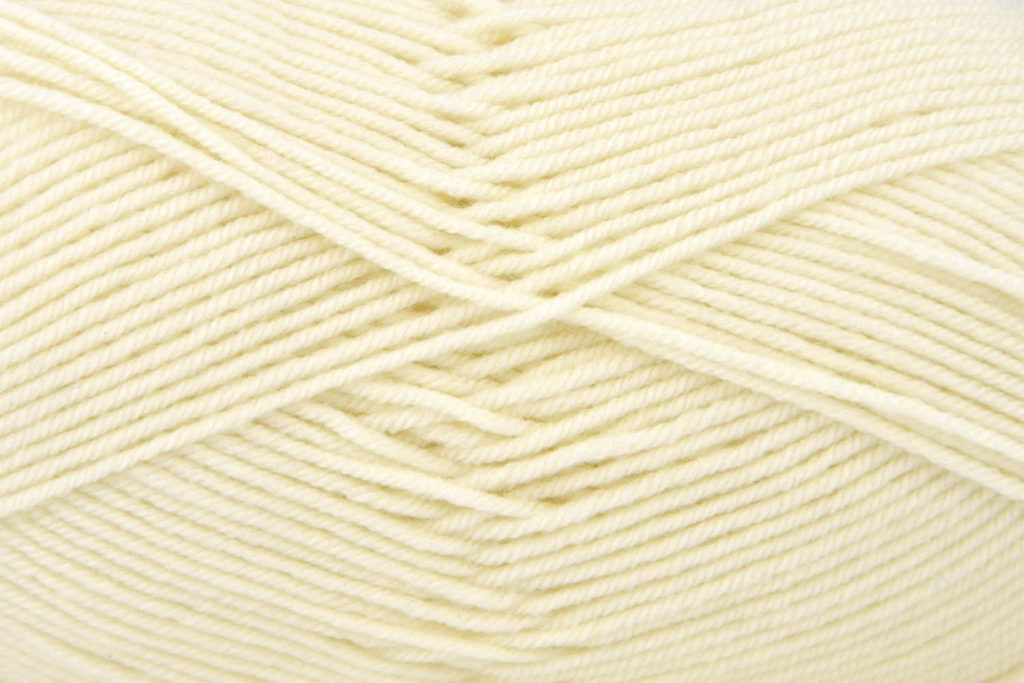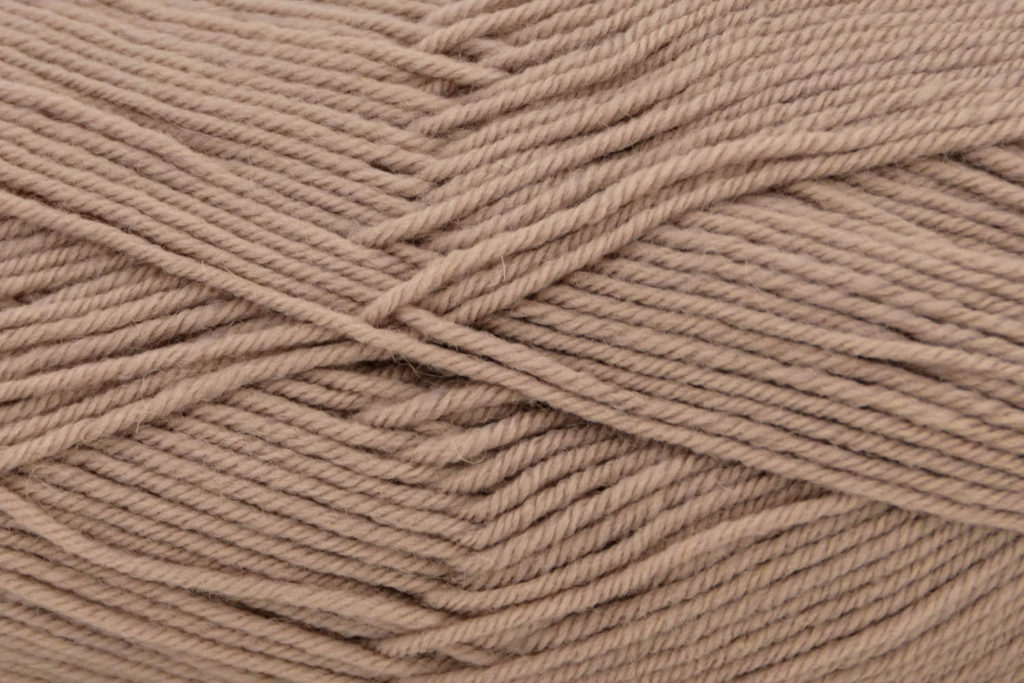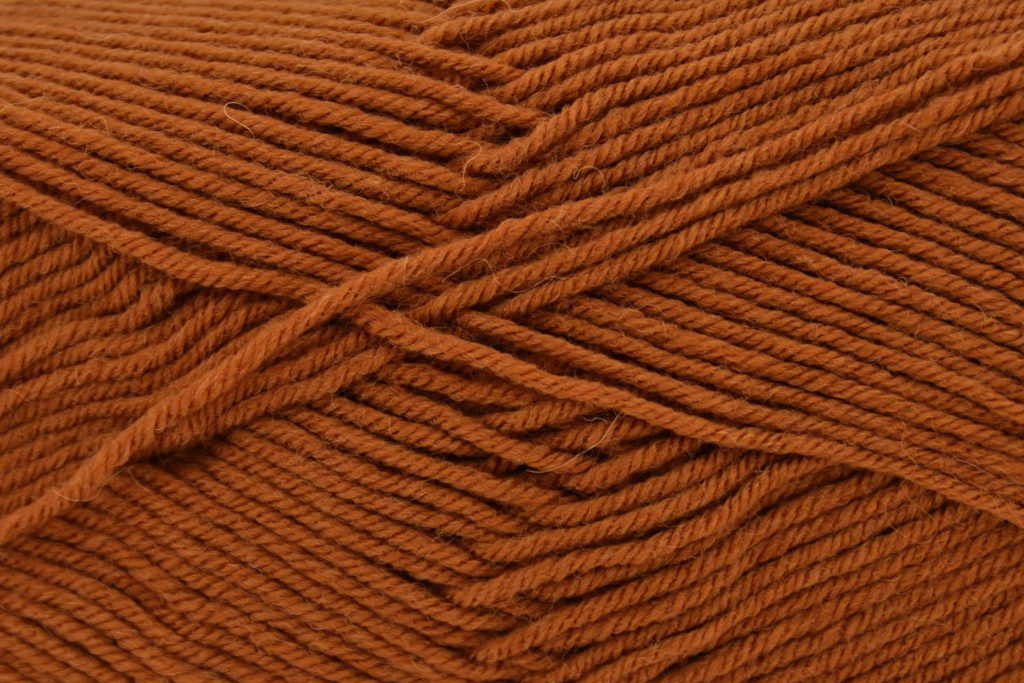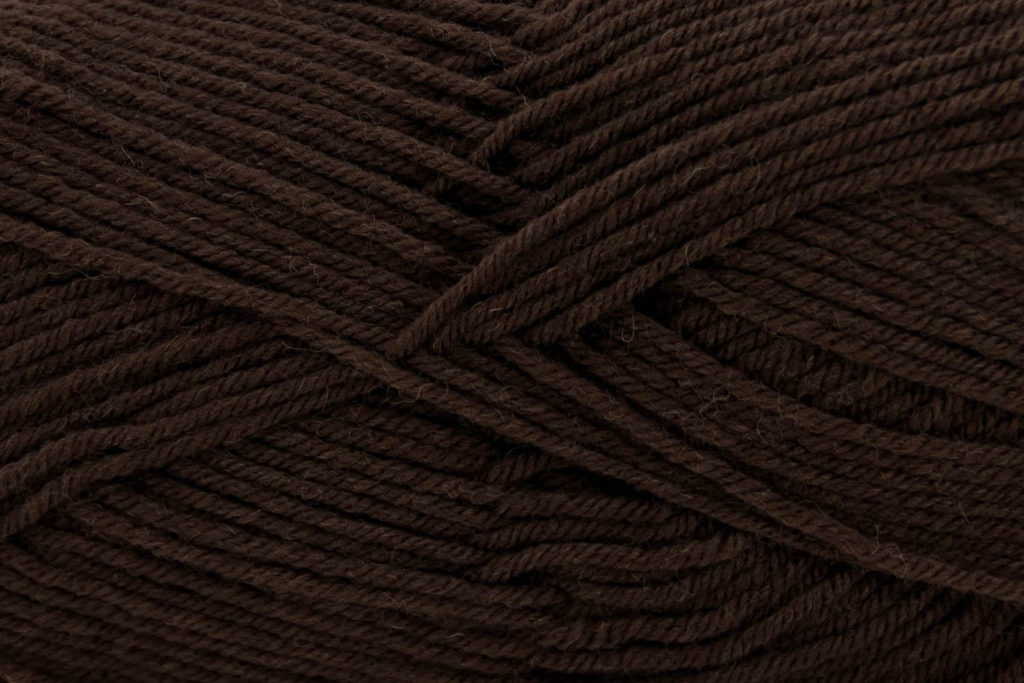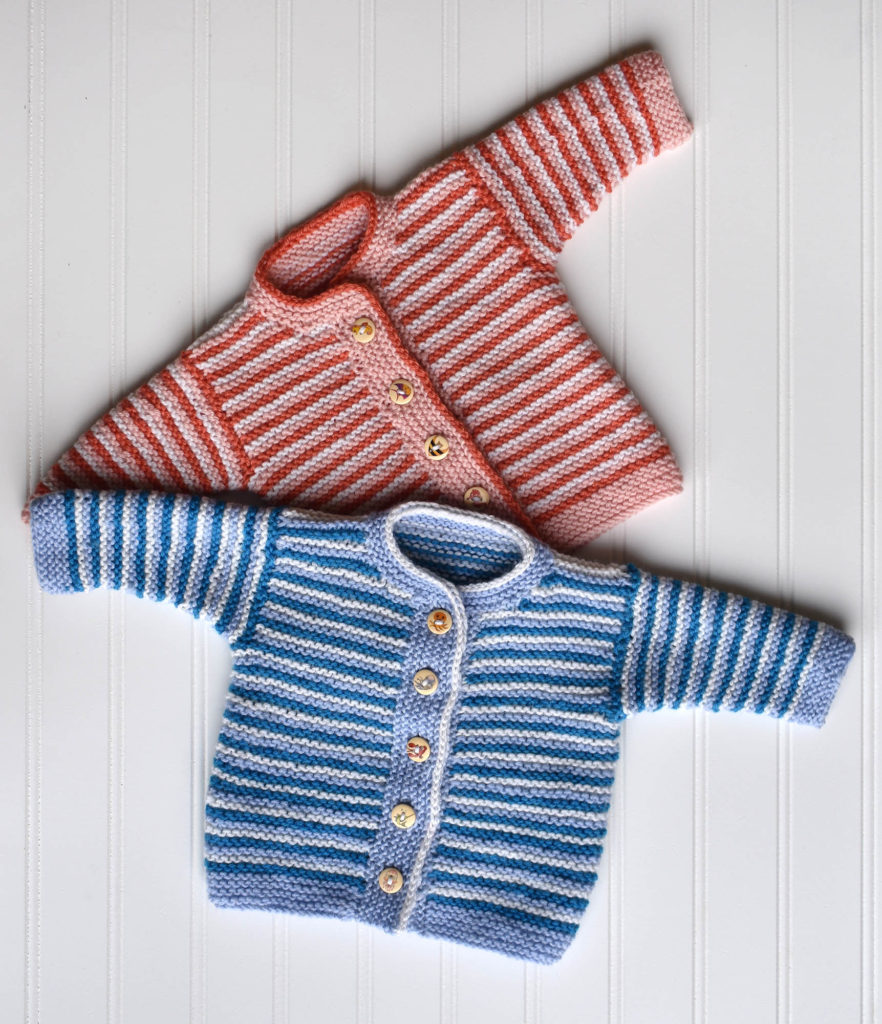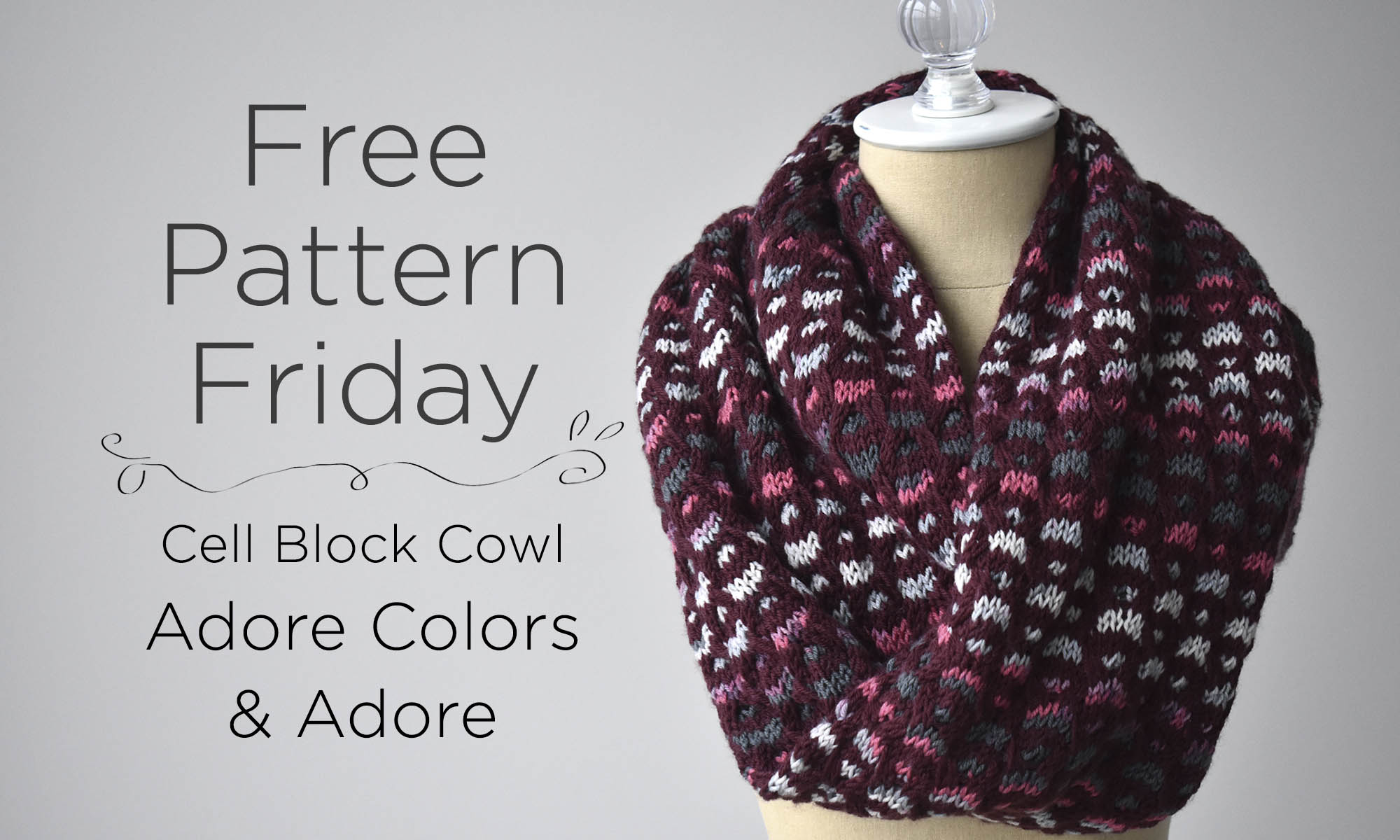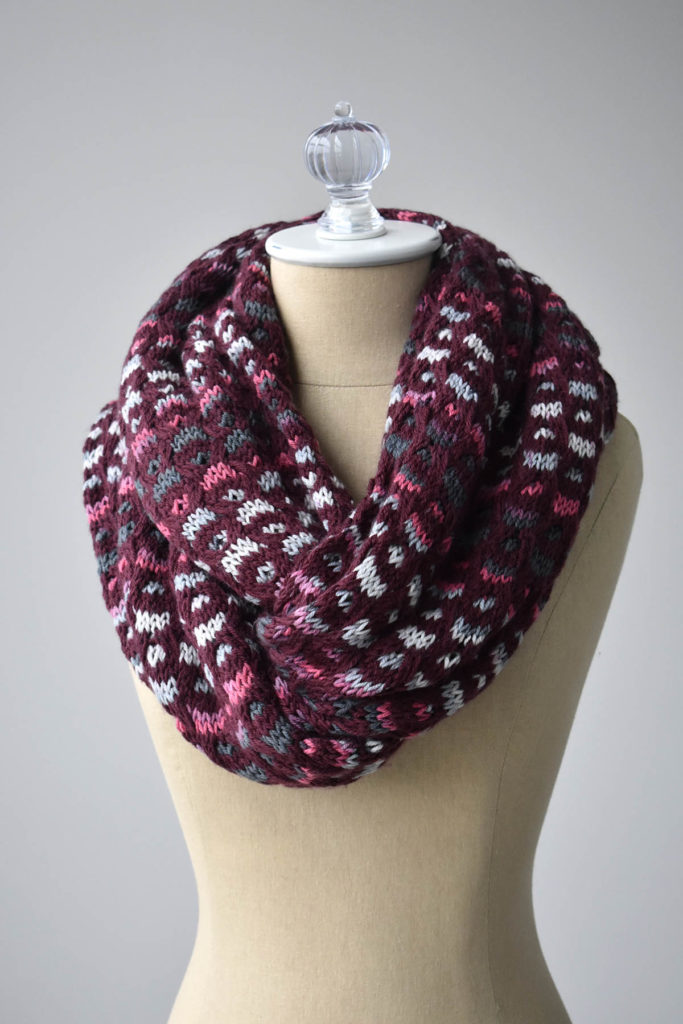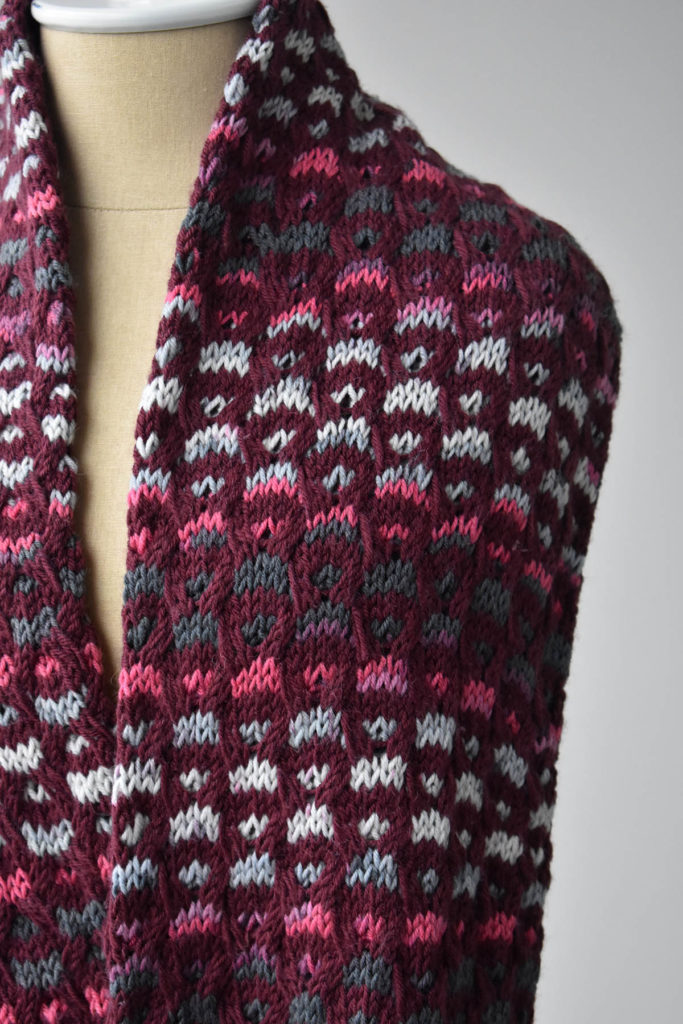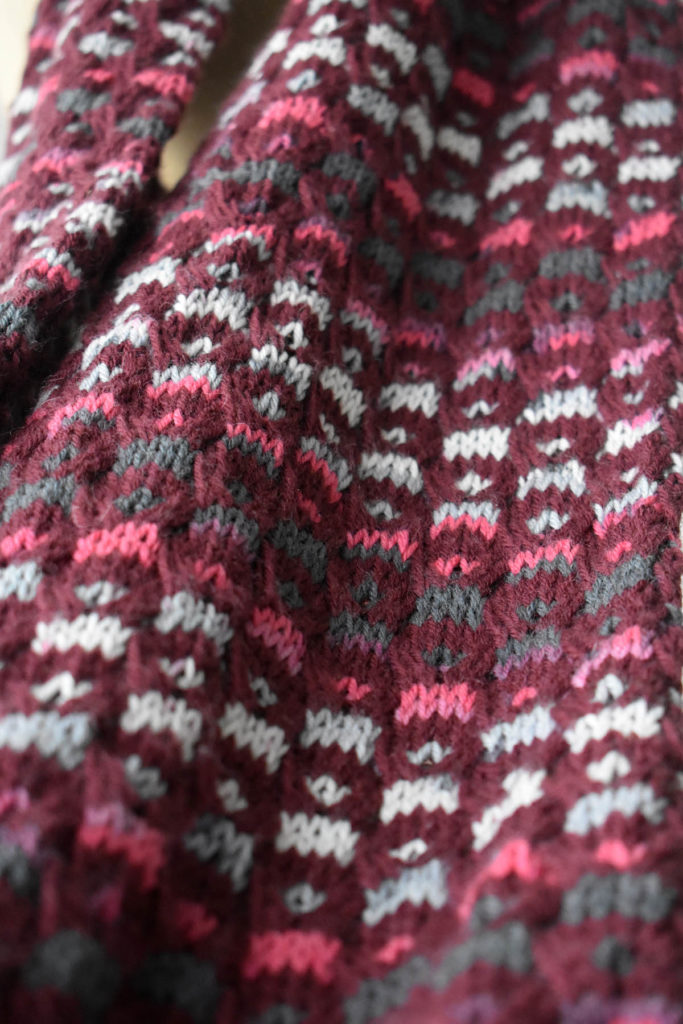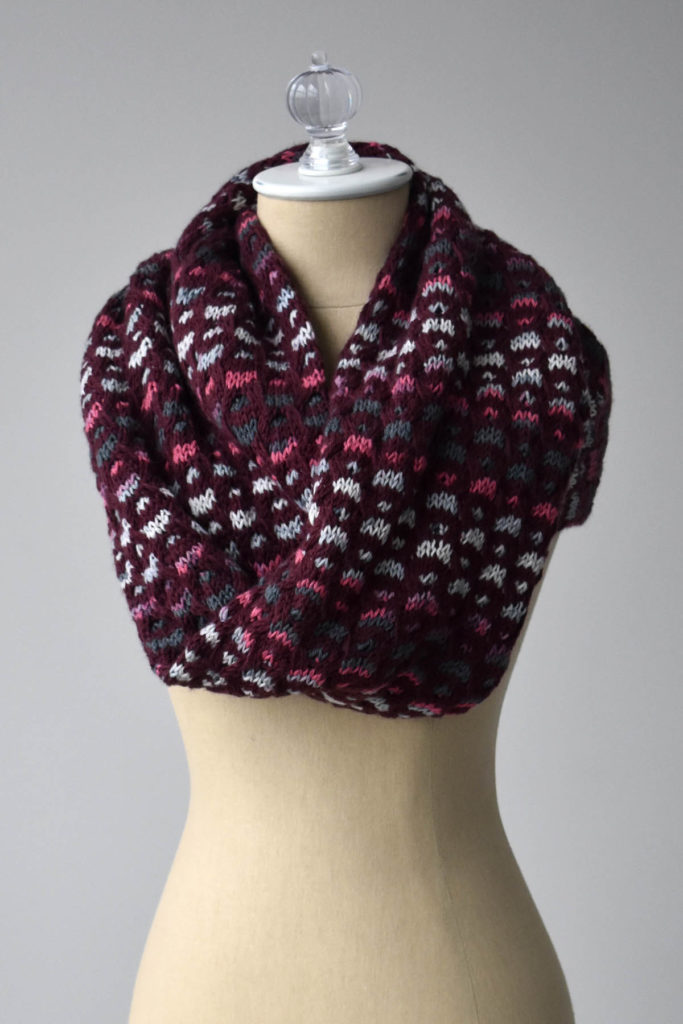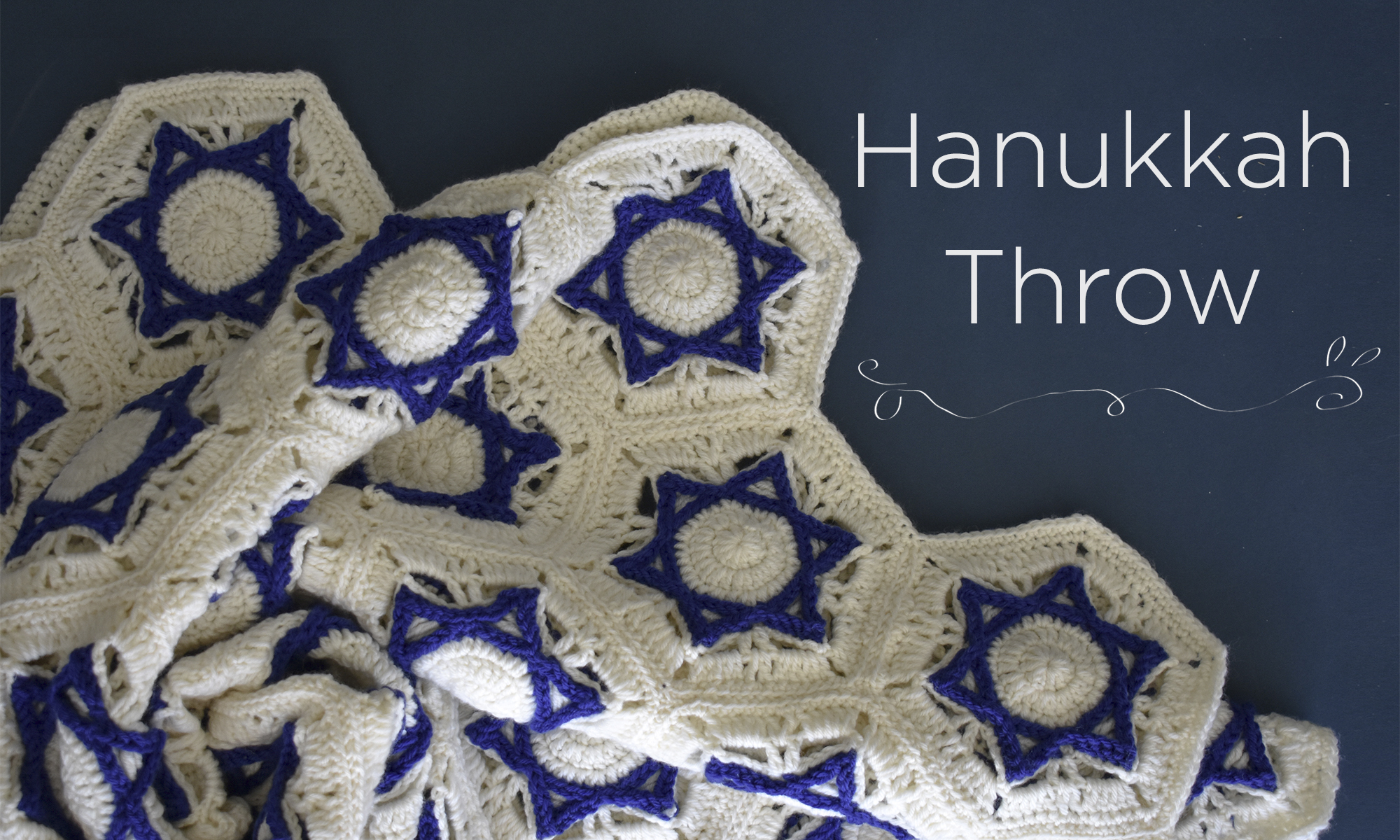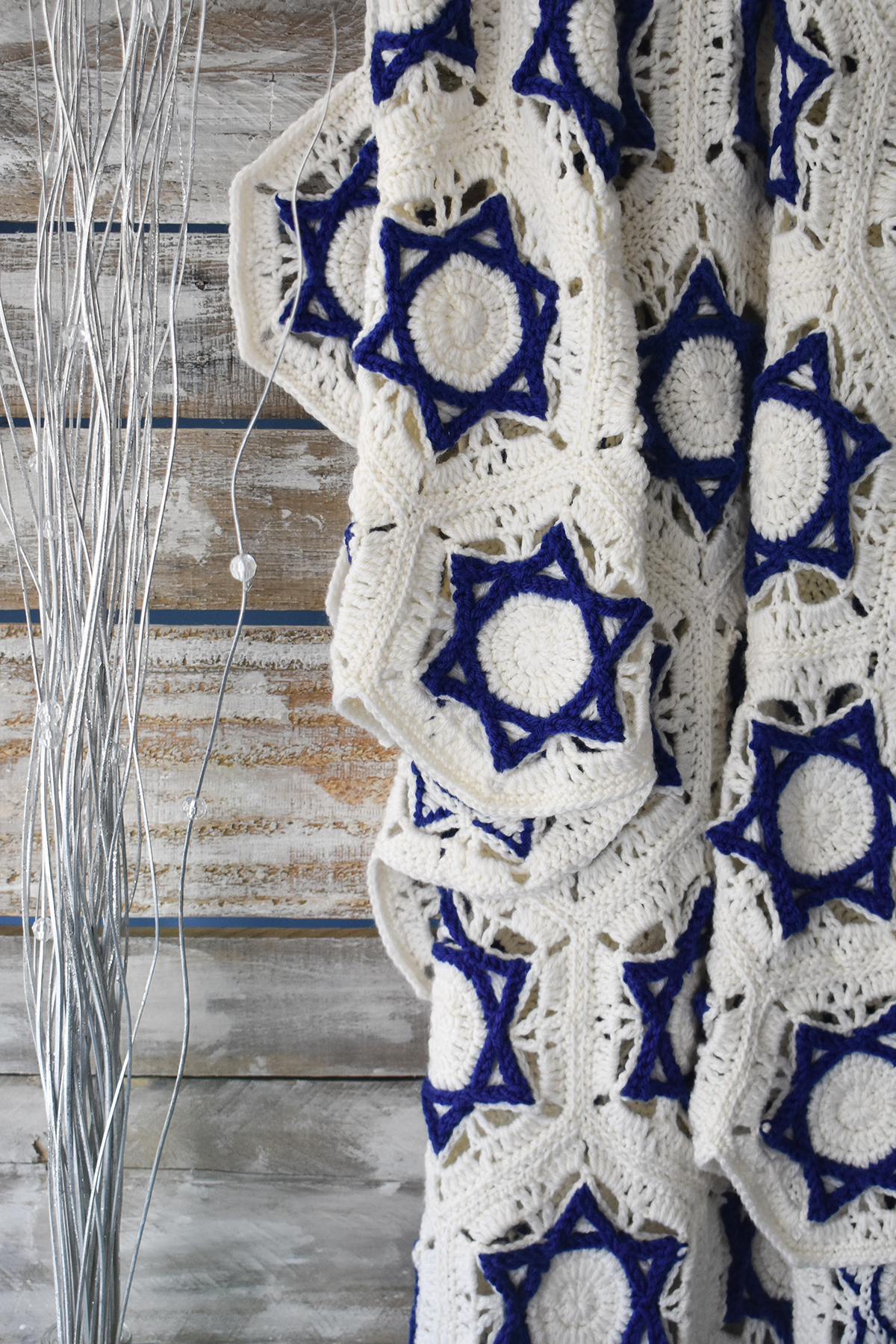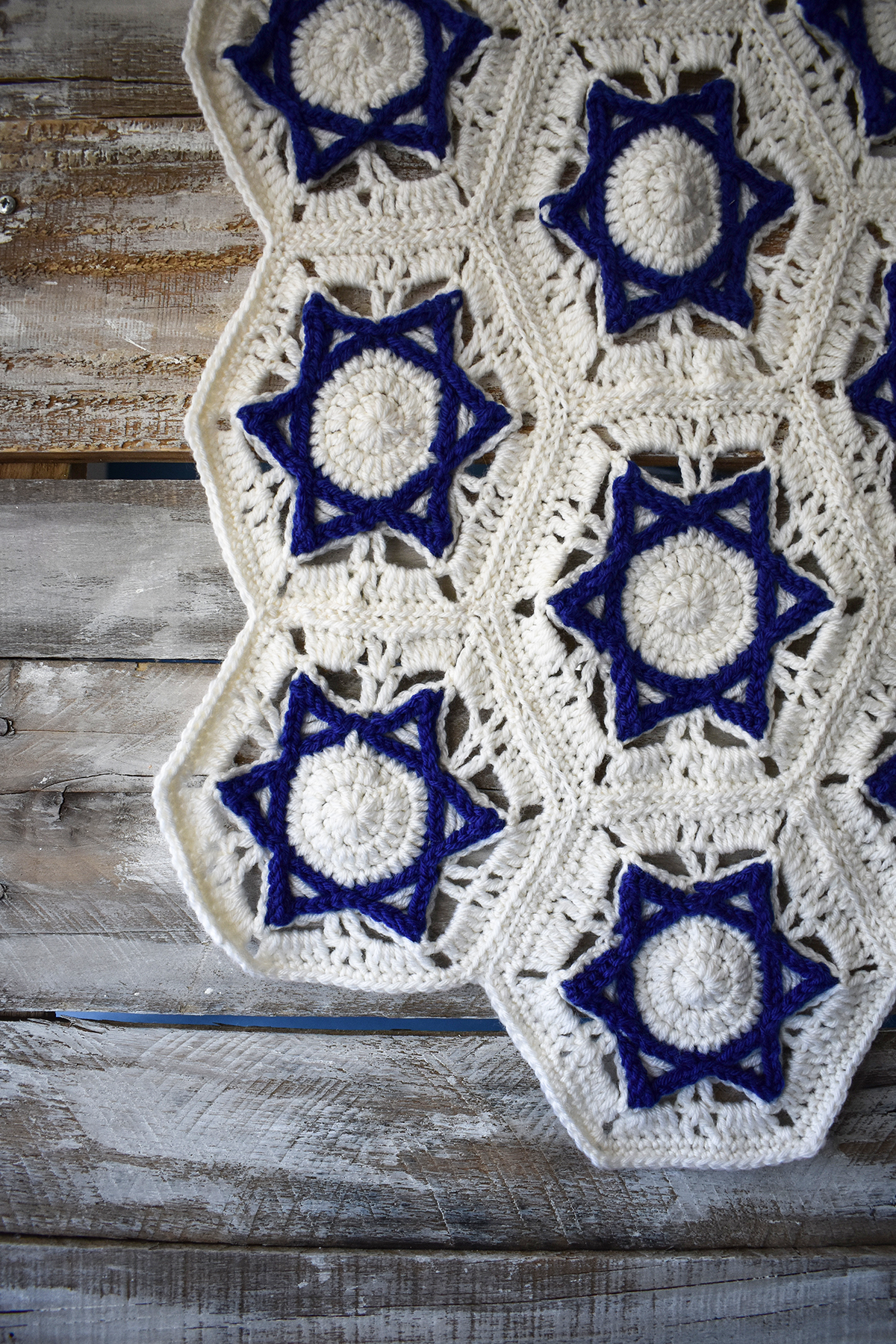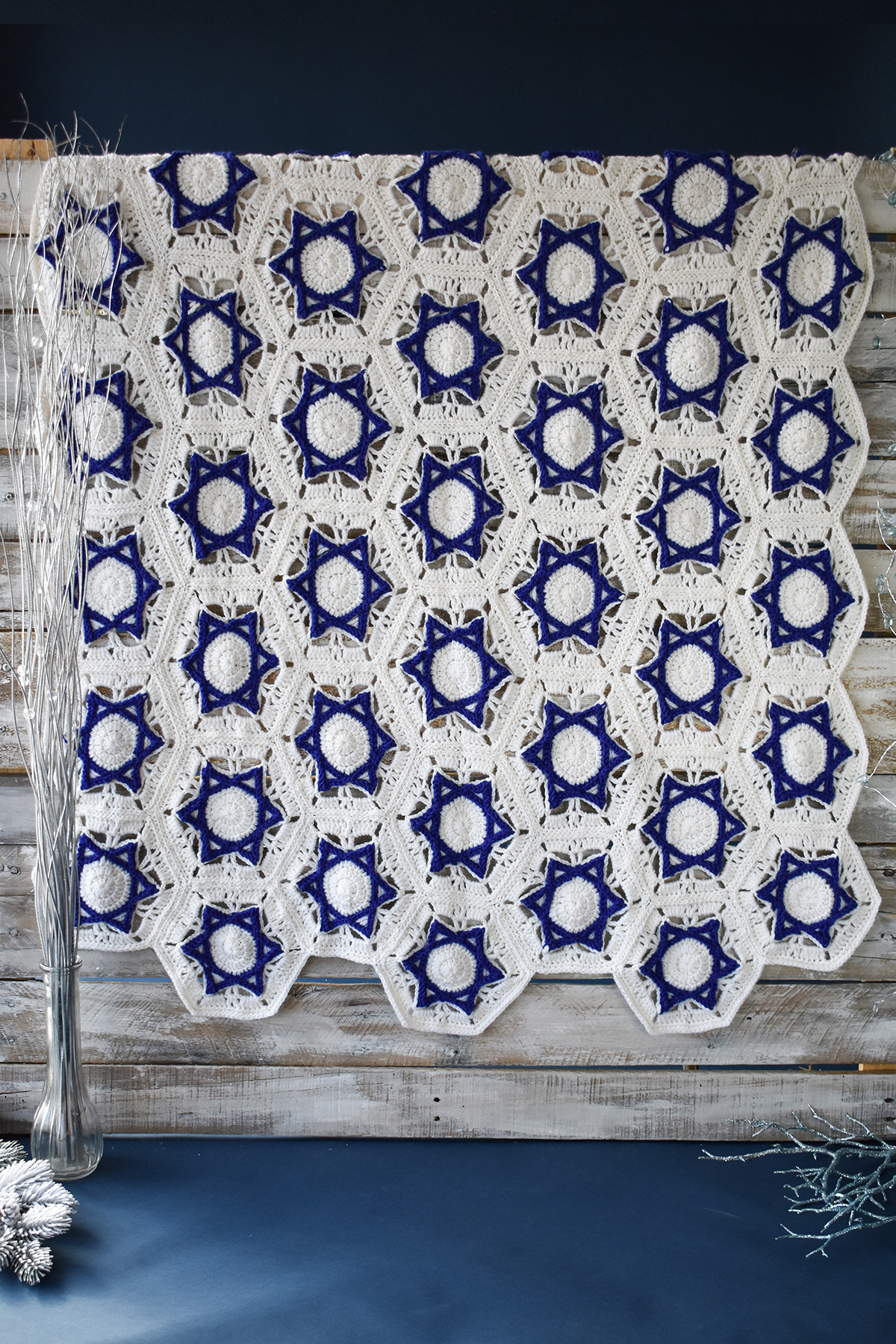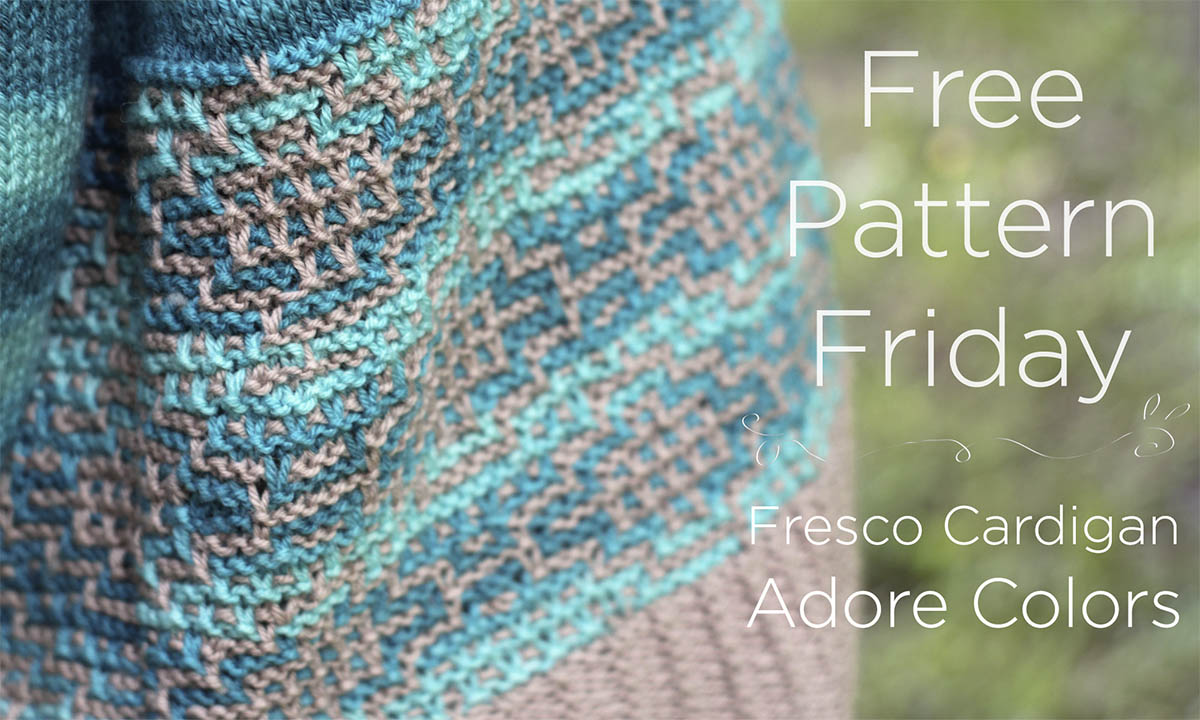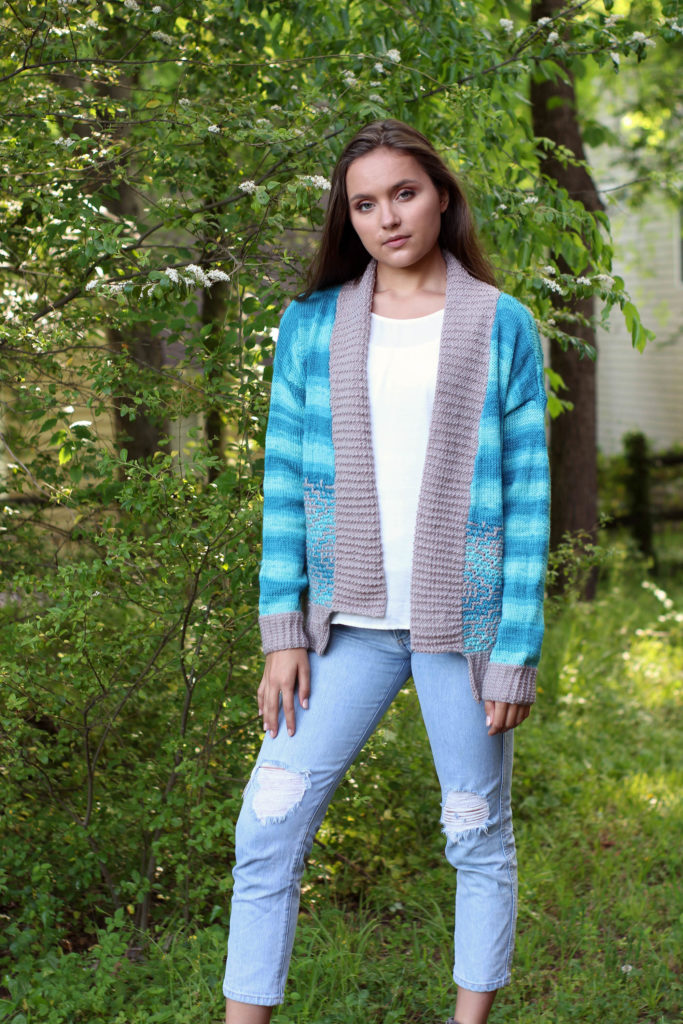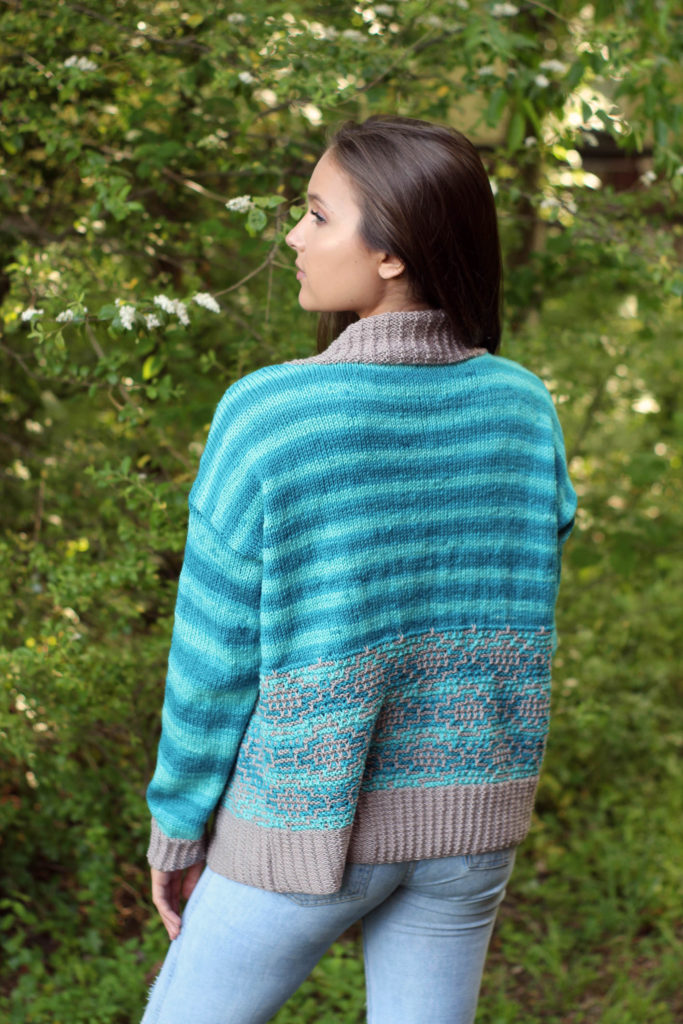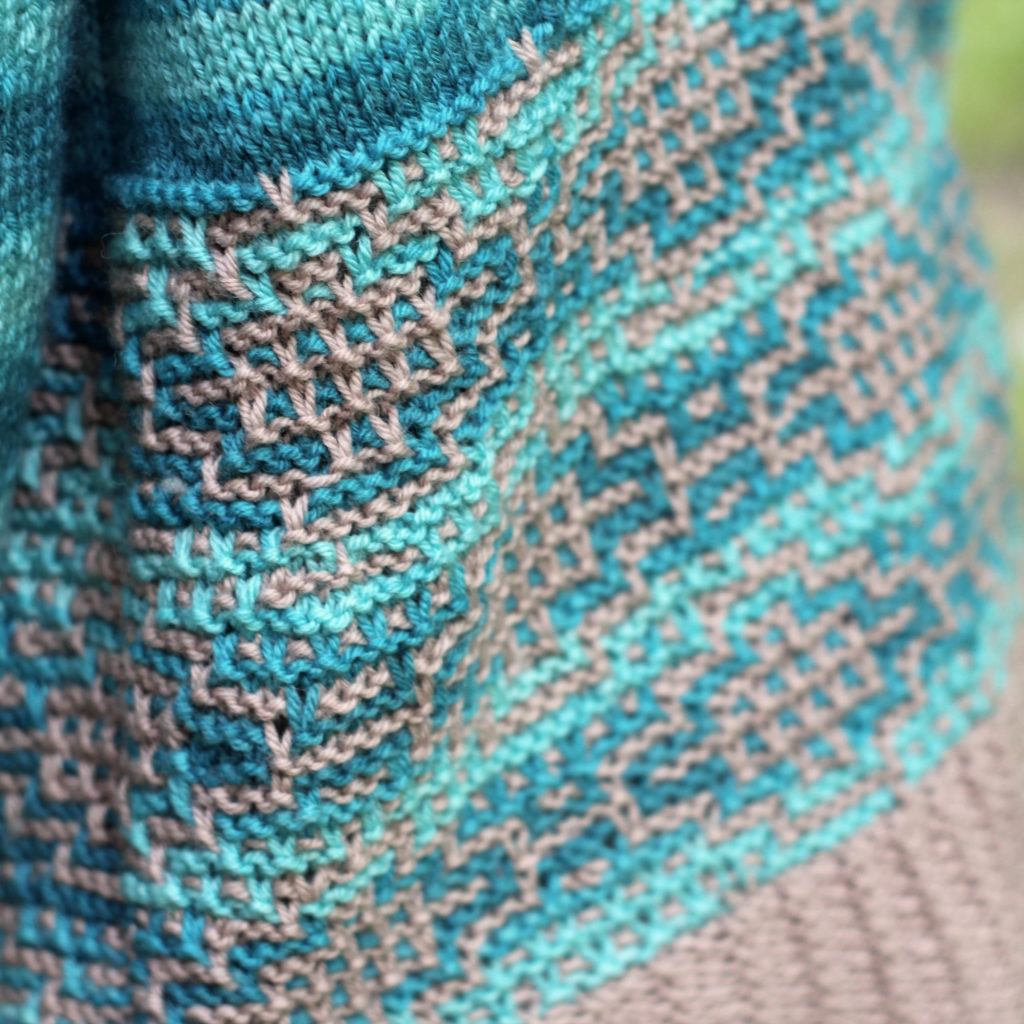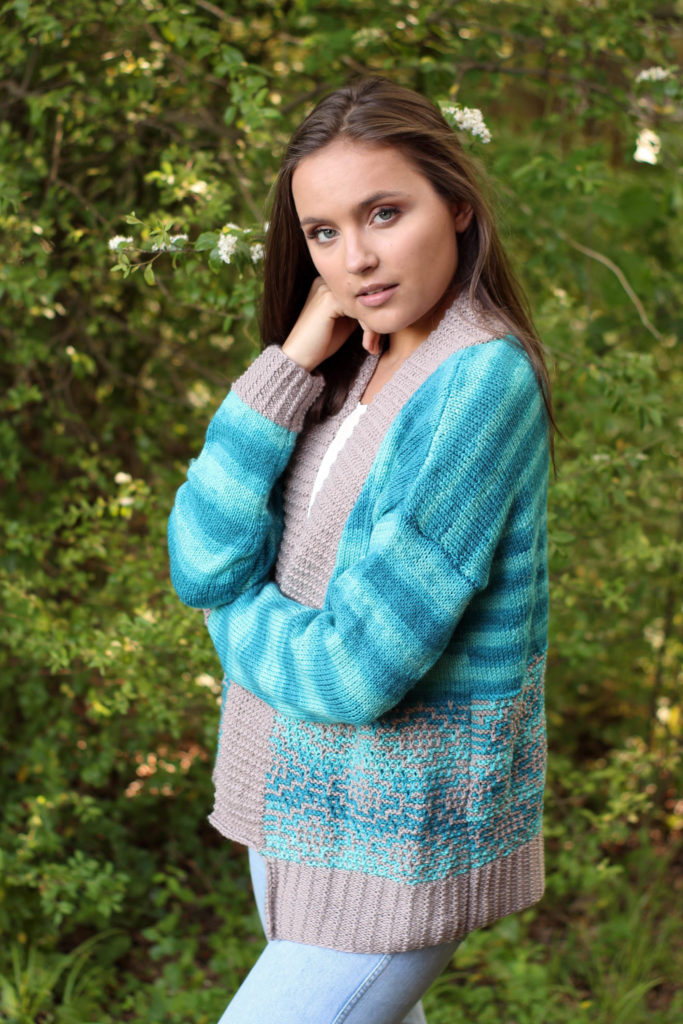It’s World Ocean Day! The ocean is our planet’s life source. Covering about 70% of the Earth’s surface, our oceans produce more than half of the world’s oxygen, absorb carbon from the atmosphere, and are home to at least a million species, though we don’t really know the true number. We can all agree that a resource so vital to our well-being should be cared for and celebrated. So, in honor of World Ocean Day, we’re sharing some sen-sea-tional patterns inspired by our oceans and a few tips on simple actions you can take to help preserve this precious resource.
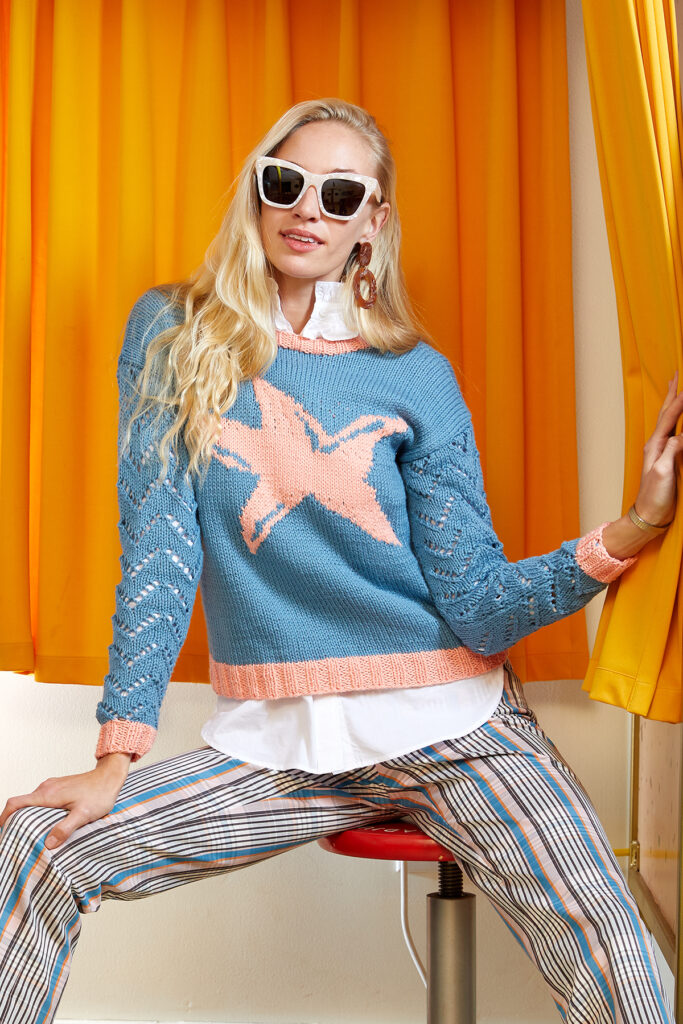
Did you know that sea stars can live up to 35 years? Amazing! These colorful invertebrates are one of the most recognizable sea creatures, so it’s no surprise that so many designers have created patterns inspired by them. In fact, we have three super cute patterns where starfish are the star of the show.
Our own Aubrey Busek took inspiration from these aquatic creatures when she designed Seastar (pattern link) for our Seaside Supreme ebook. This graphic sweater is a statement knit featuring intarsia and lace. It is knit using our popular Cotton Supreme yarn. I love that this pattern is written with both long and short sleeve options, making it easier to personalize.
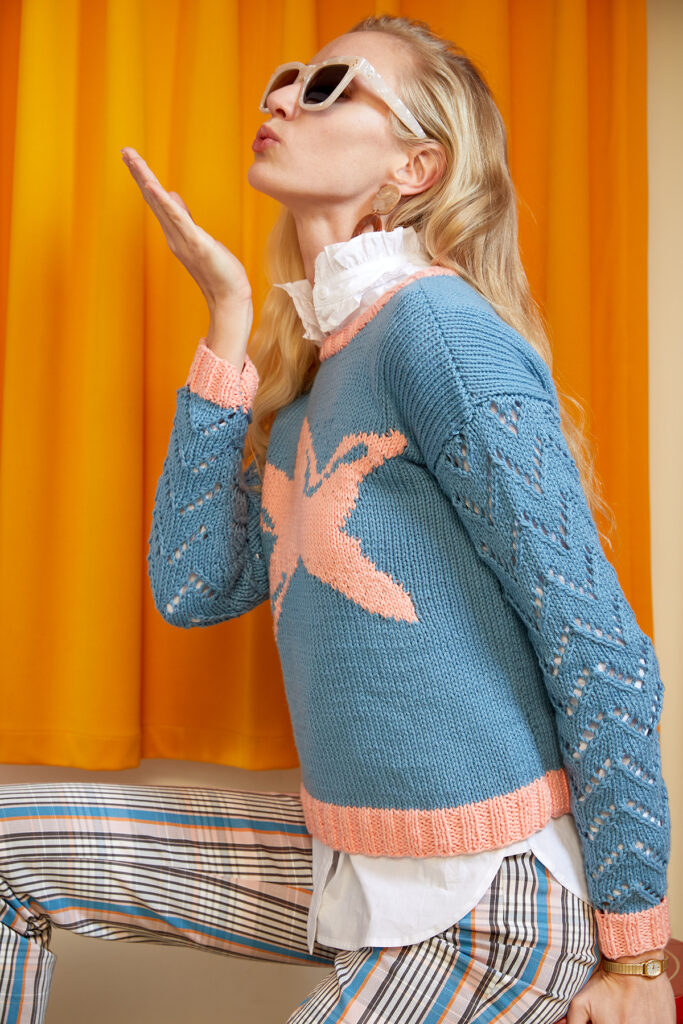
As fiber artists, we have the power to create many long-lasting, durable items that are inherently less wasteful. For example, that handmade sweater is destined to last much longer than any sweater you buy in a department store. It’s an heirloom piece that you can wear for years and pass down, minimizing some of the waste created by fast fashion. Is there a sweater in your wardrobe you don’t wear often anymore, or perhaps that doesn’t fit the way you imagined? Instead of taking that sweater to the thrift store, consider unraveling it and recycling the yarn for another project. You can even make dryer balls from old sweaters and non-superwash yarn, like our Deluxe Worsted.
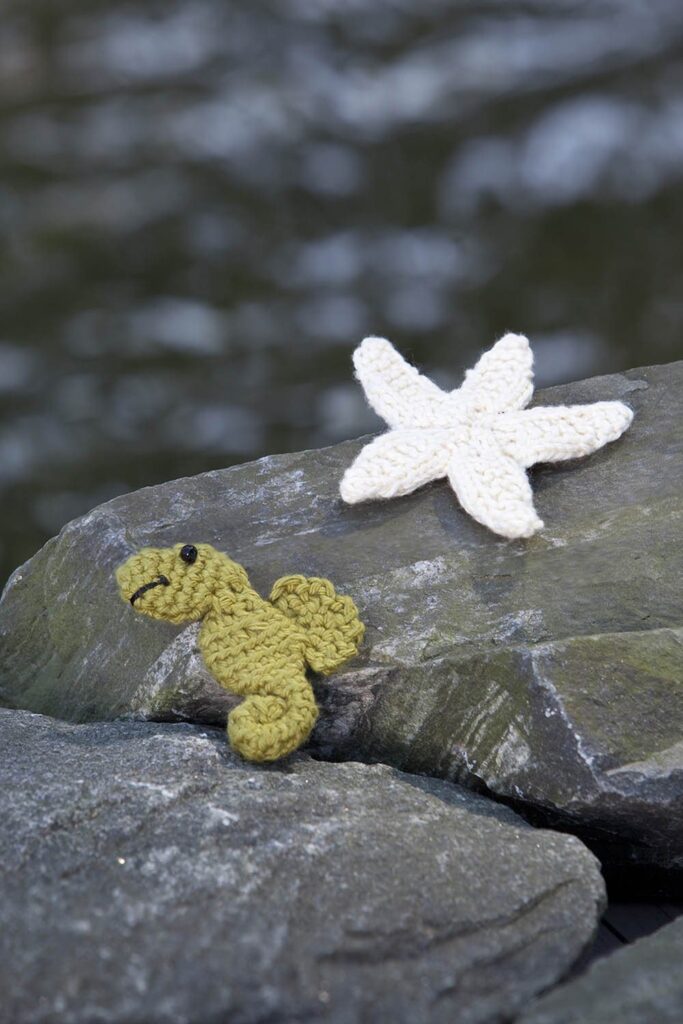
If you want something a little more whimsical that’s a nice complement to your collection of seashells, consider making the cute and free Seahorse and Starfish set (pattern link) by Michele Wilcox. Like Seastar, this pattern uses Cotton Supreme. One skein will take you very far with this pattern. I think it would be adorable to string several of them together to create a garland or mobile to decorate your home, reminding you of the ocean even if you live far from it!
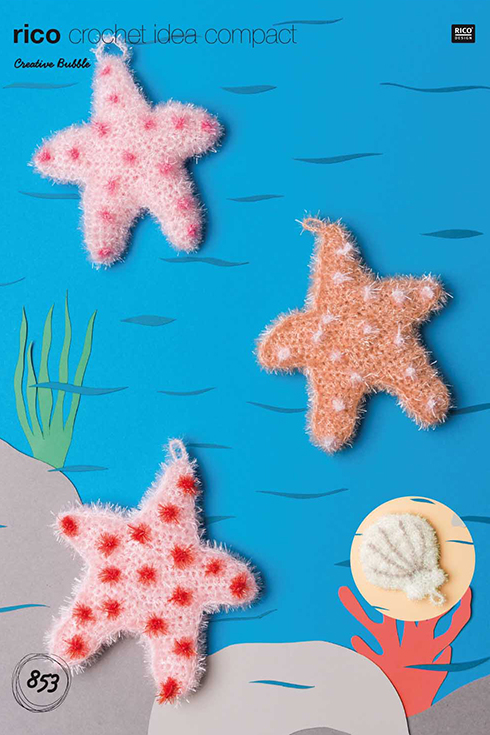
Looking for a cute scrubby pattern for yourself or a loved one? Look no further than the Starfish and Shell patterns (link) by Rico Design using Creative Bubble. This yarn is perfect for creating scrubbies that are more durable and eco-friendly than disposable rags or sponges. They work as well for scrubbing your countertops as they will for exfoiliating your skin. Plus, your little one will love these projects as bath toys!
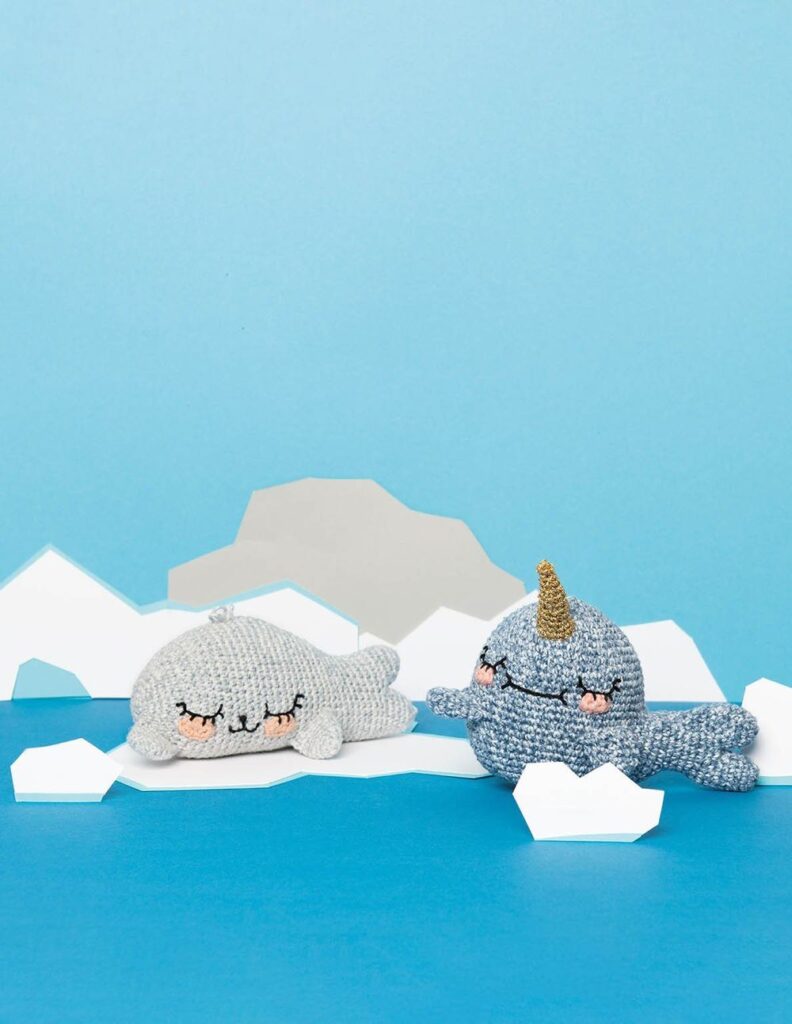
I’ve always been fascinated by the Arctic. It amazes me that life can exist in parts of the world so frigid and seemingly barren. Yet, some creatures have evolved to be perfectly equipped to brave the harsh climate. With a knack for creating charming patterns, Rico Design pays homage to polar-dwelling seals and narwhals in the Wild Wild Animals pattern book (link). Both of these crochet amigurumi projects use Ricorumi Cotton DK. The Narwhal pattern is even available as a kit! Eco-conscious tip: instead of using poly-fil for your stuffed animal projects, try using scrap yarns and fabric instead!
One of my favorite books as a young child was The Rainbow Fish by Marcus Pfister. This cute storybook about sharing mesmerized me with its beautiful illustrations. Perhaps thanks to that book, I’ve always been excited to spot a fish in any body of water and had a fishtank of my own growing up. I still love visiting the aquarium to marvel at their colors, shapes, and sizes. With that inspiration in mind, I designed the free Betta Swetta Set (pattern link) in Adore. This duo was inspired by all of the fishies in the ocean.
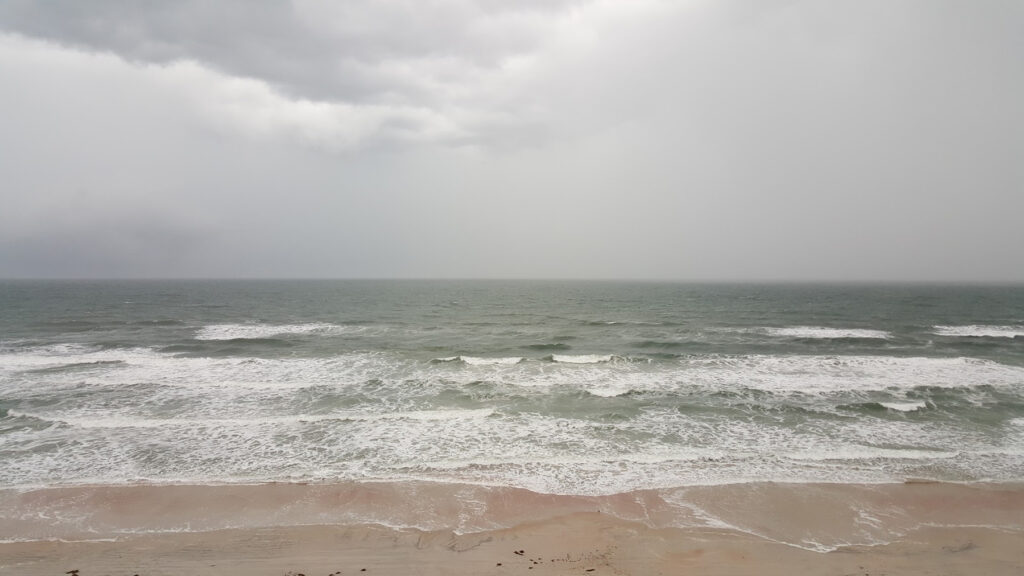
If you want to learn more about World Ocean Day, you can explore the website here (link).
Many of the species these patterns celebrate are threatened, and it’s our responsibility to do what we can to preserve the health of the ocean. You can create reusable bags for carrying the grocery items that will allow you to say “goodbye” to plastic bags for good. As I mentioned earlier, many of the handmade washcloths, towels, and other home items are more durable than store-bought or disposable options. Plus, you probably have the skills to mend your handmade items (and store-bought items) on your own, making them last even longer! If you’re looking for more inspiration, don’t miss my recent blog post about our most eco-friendly yarns and accompanying patterns.
I hope you’re feeling inspired to honor the ocean today, and every day! Do you have any tips you’d like to share on how to make your crafting more environmentally friendly? Do you have a favorite type of project that helps eliminate waste? We’d love to know!
